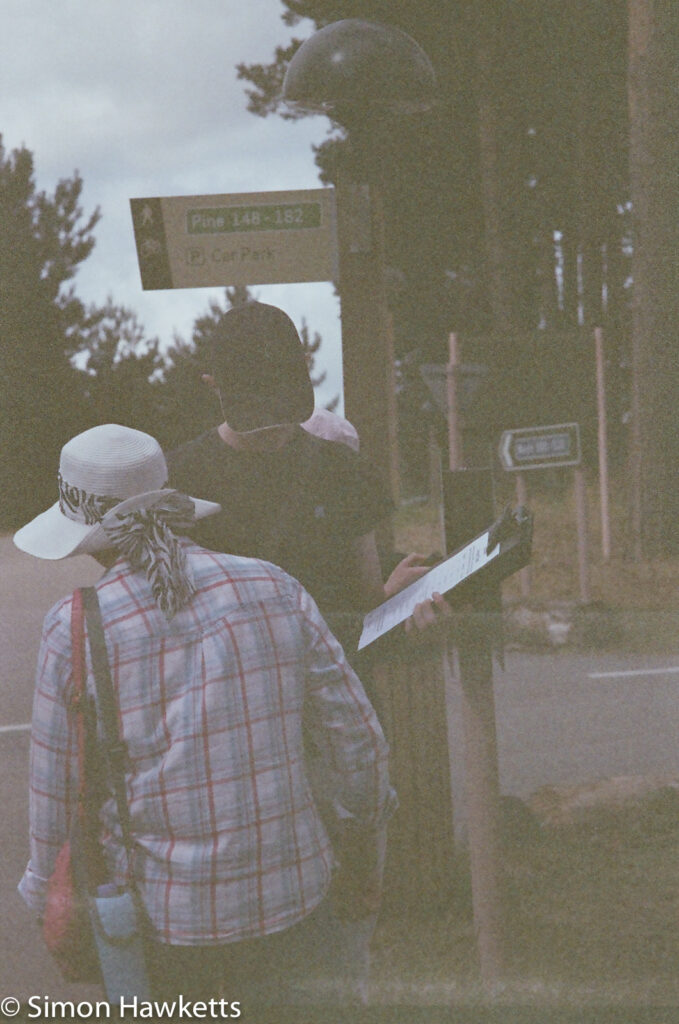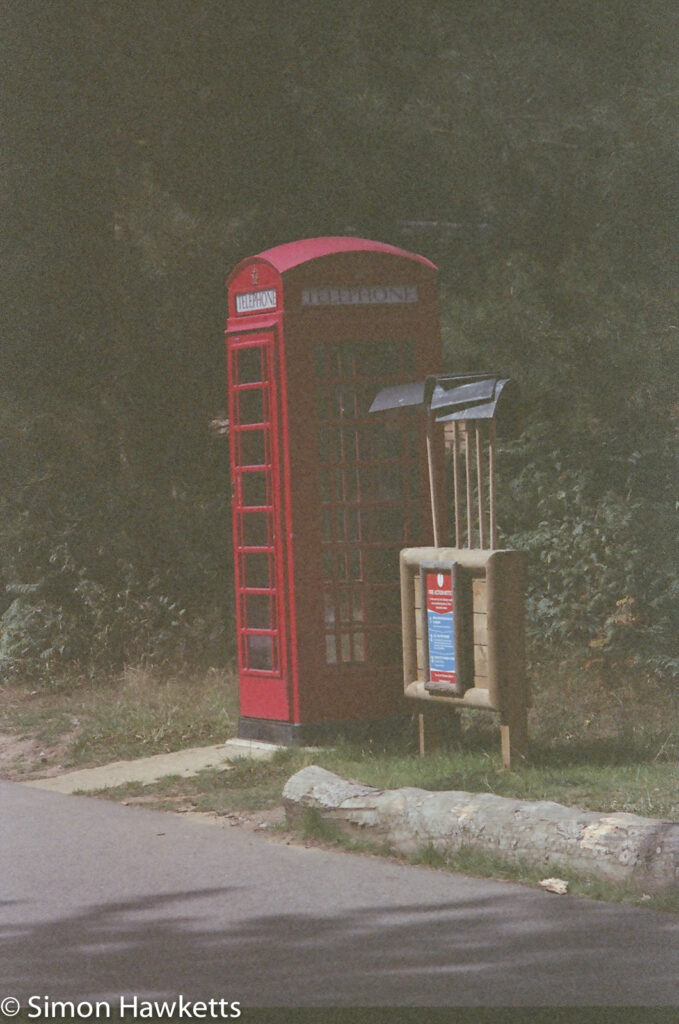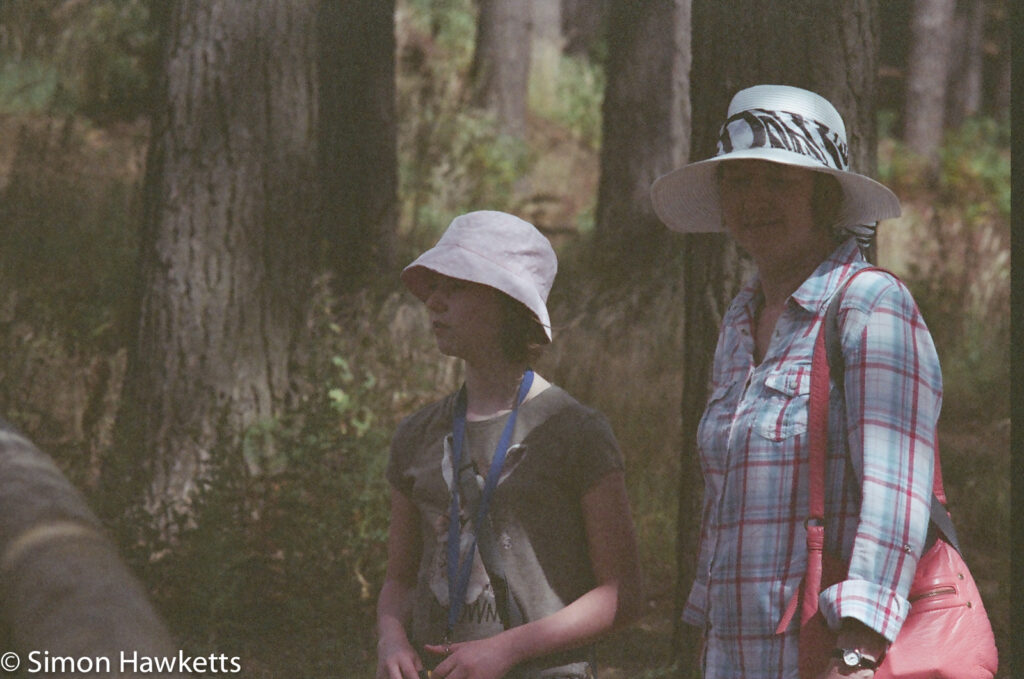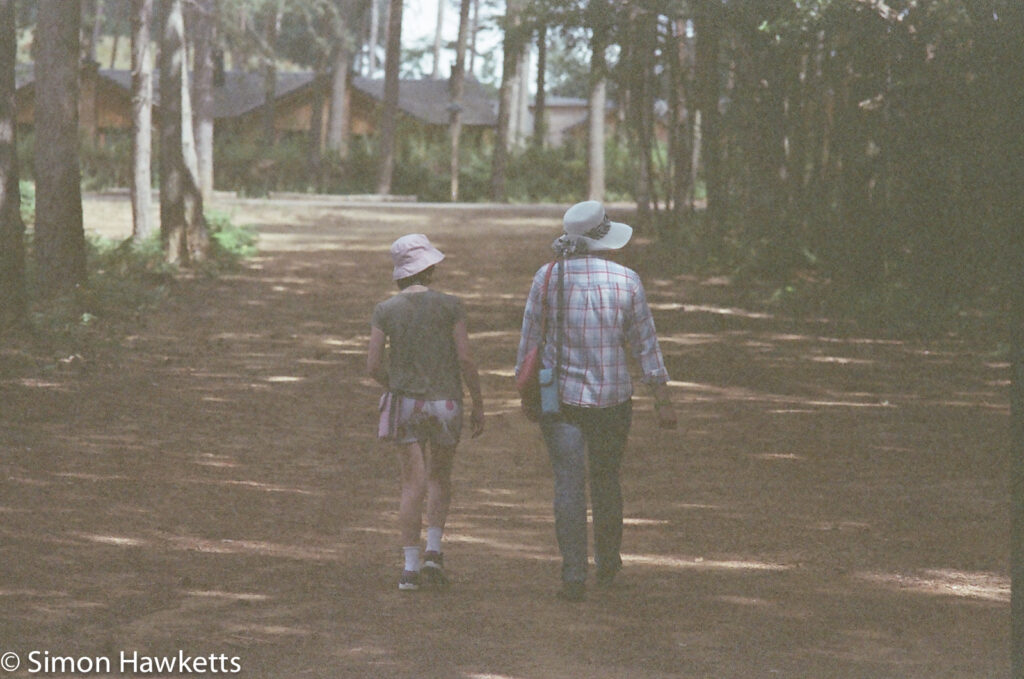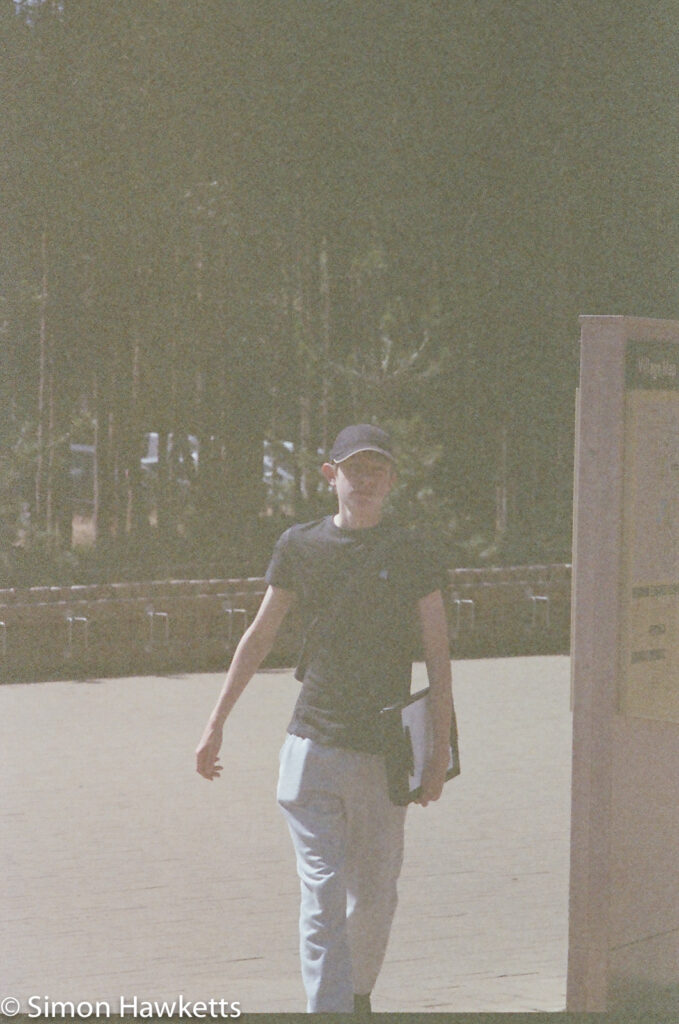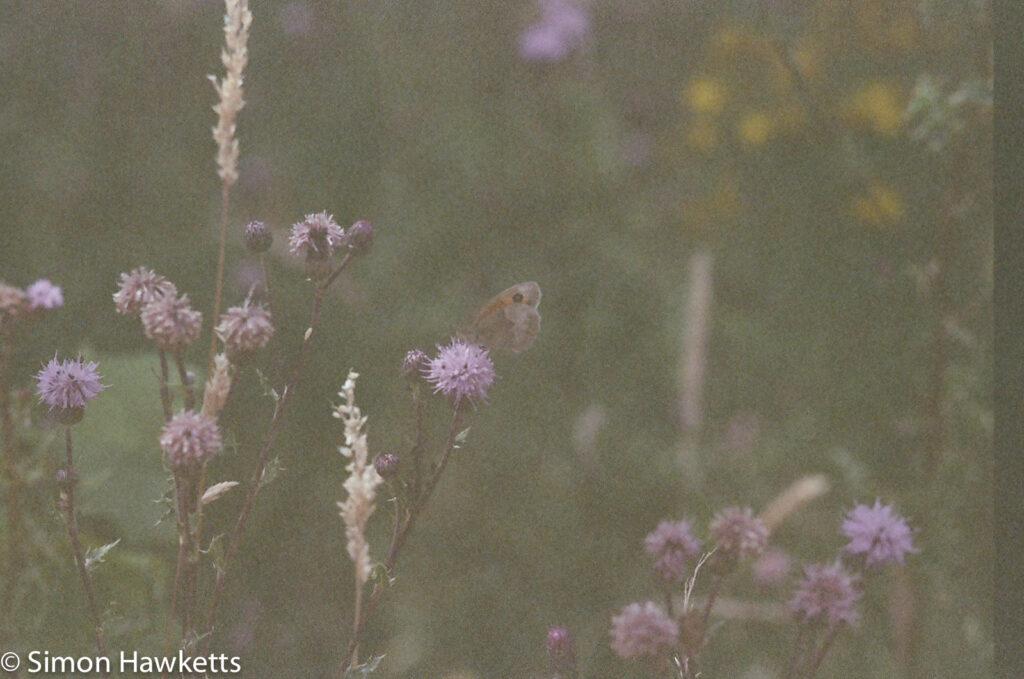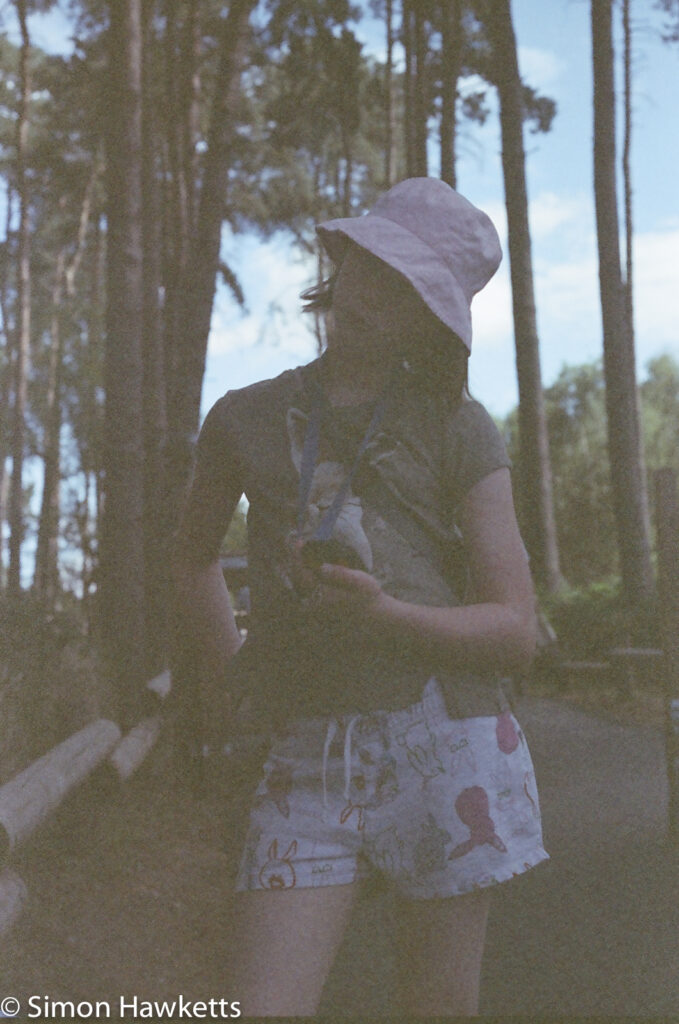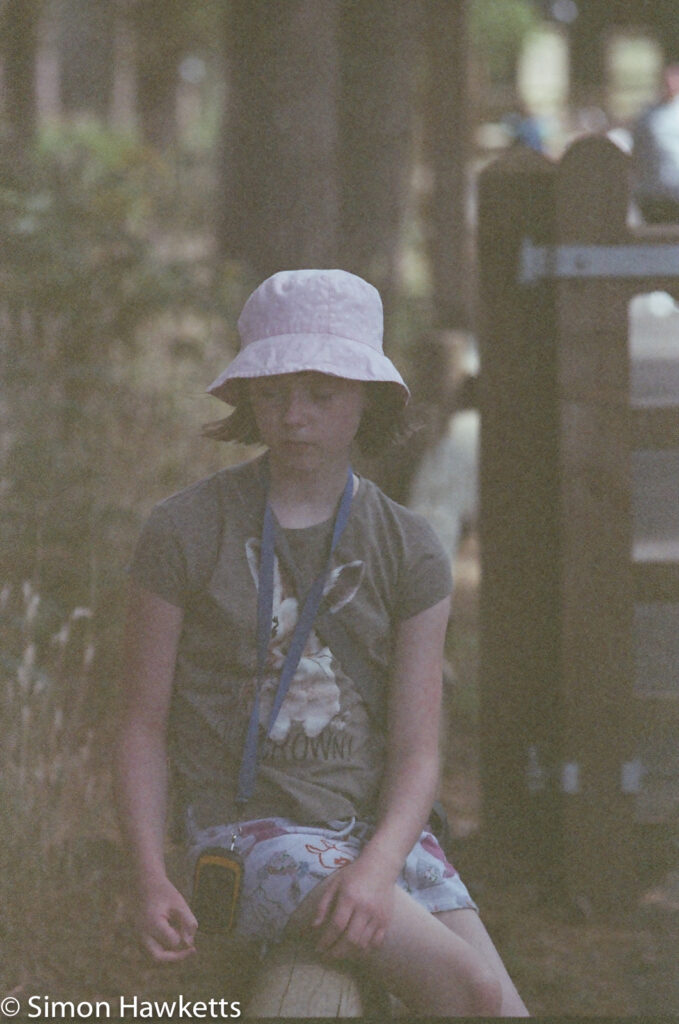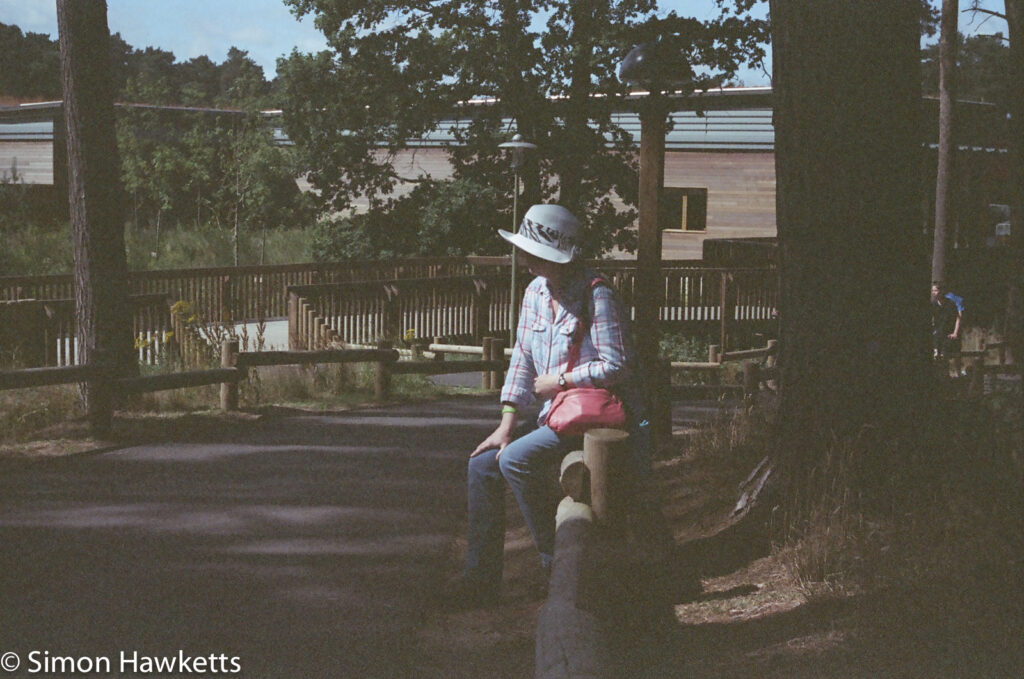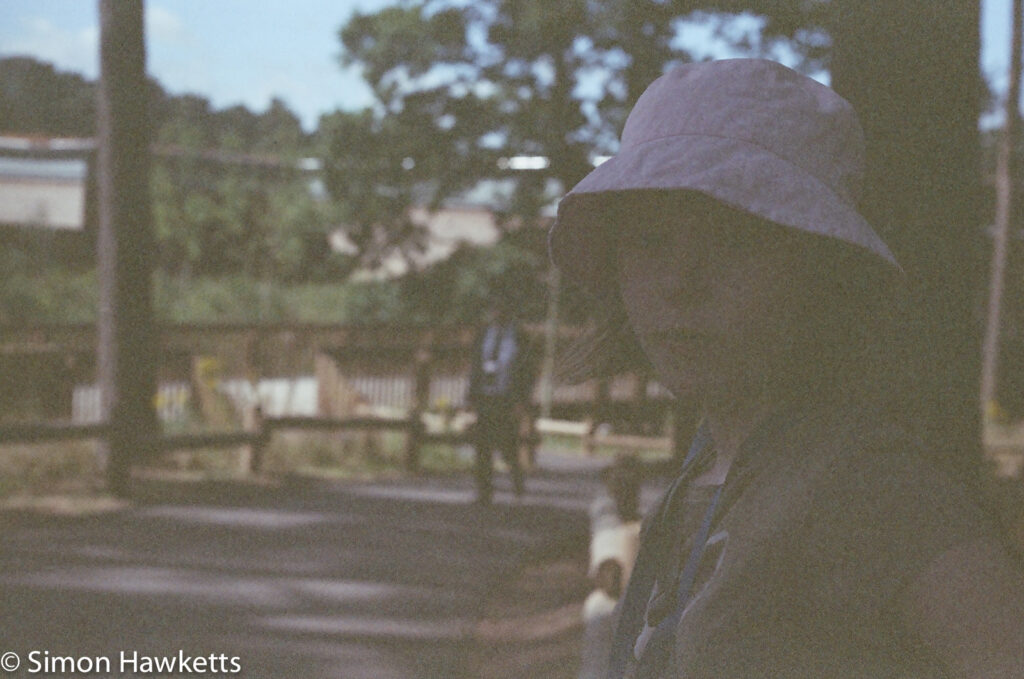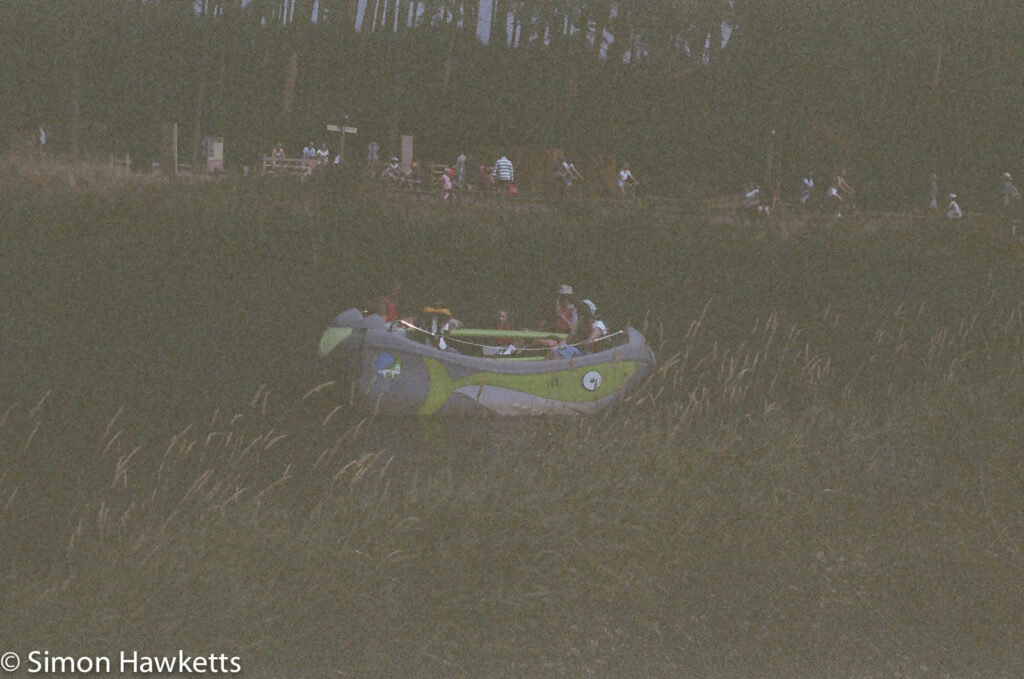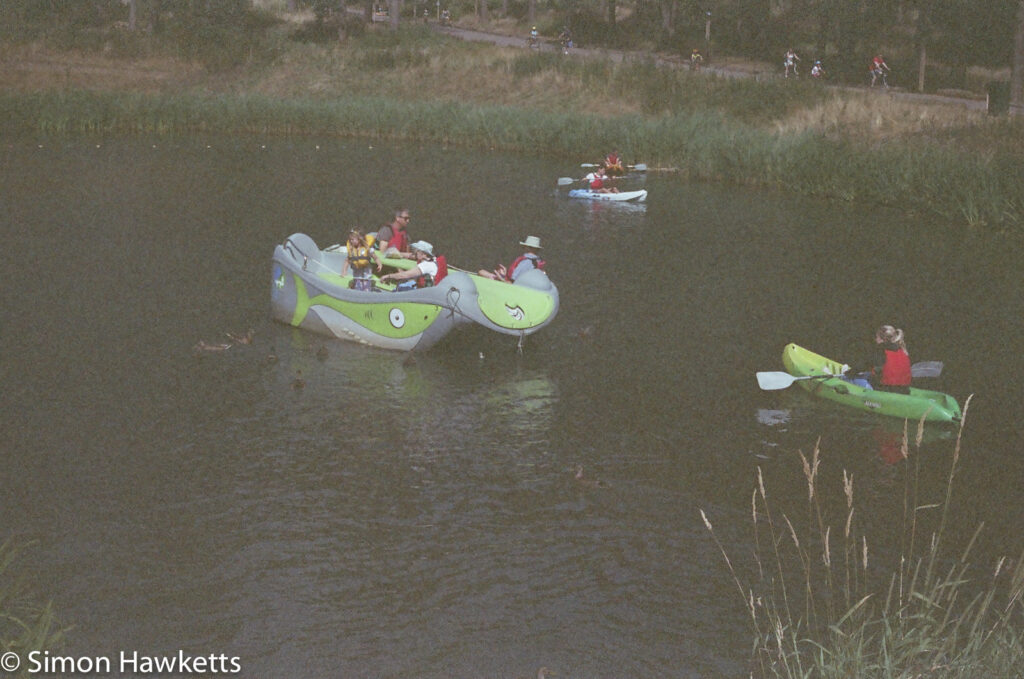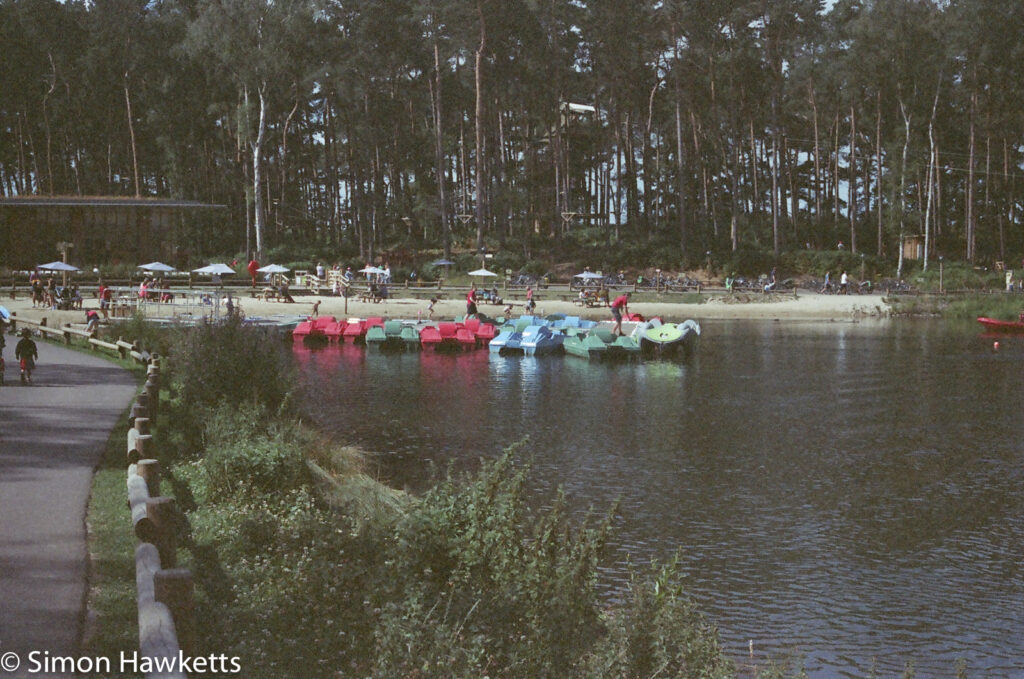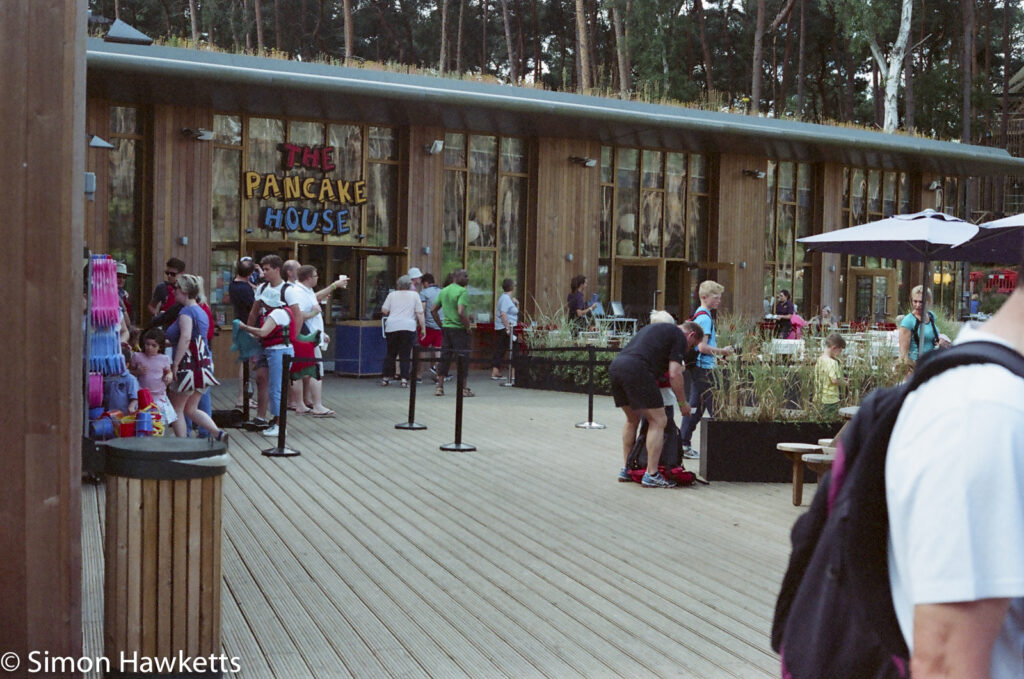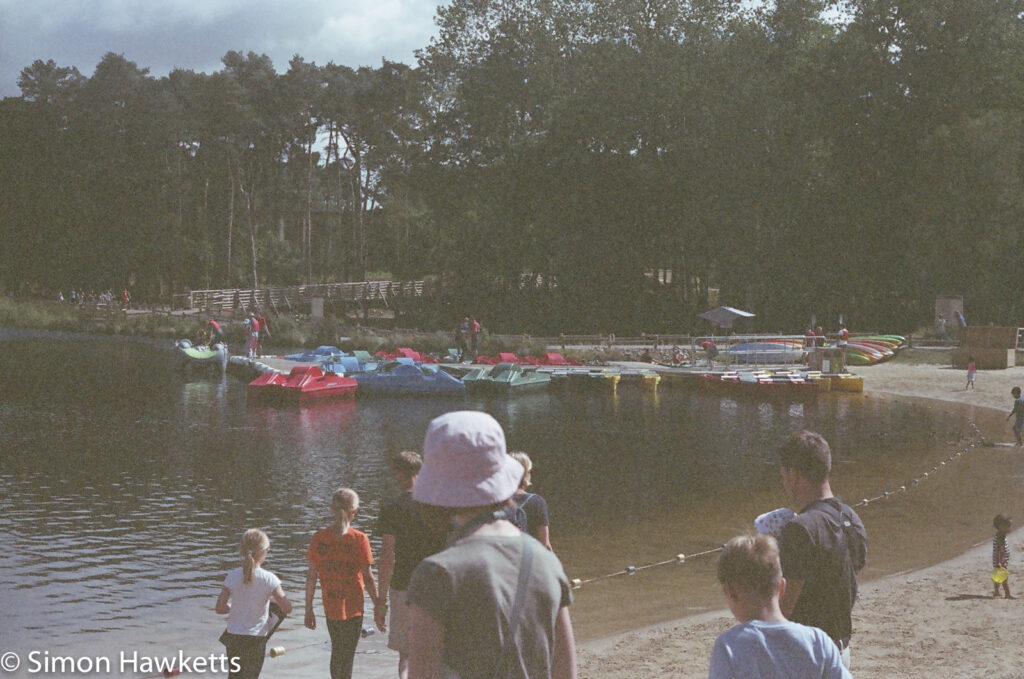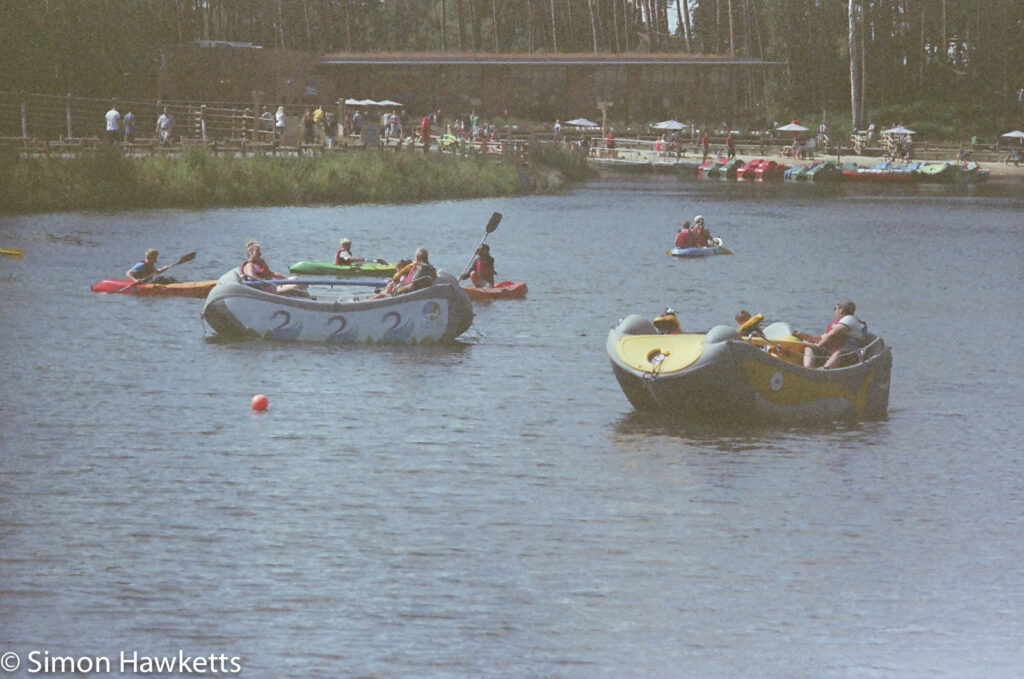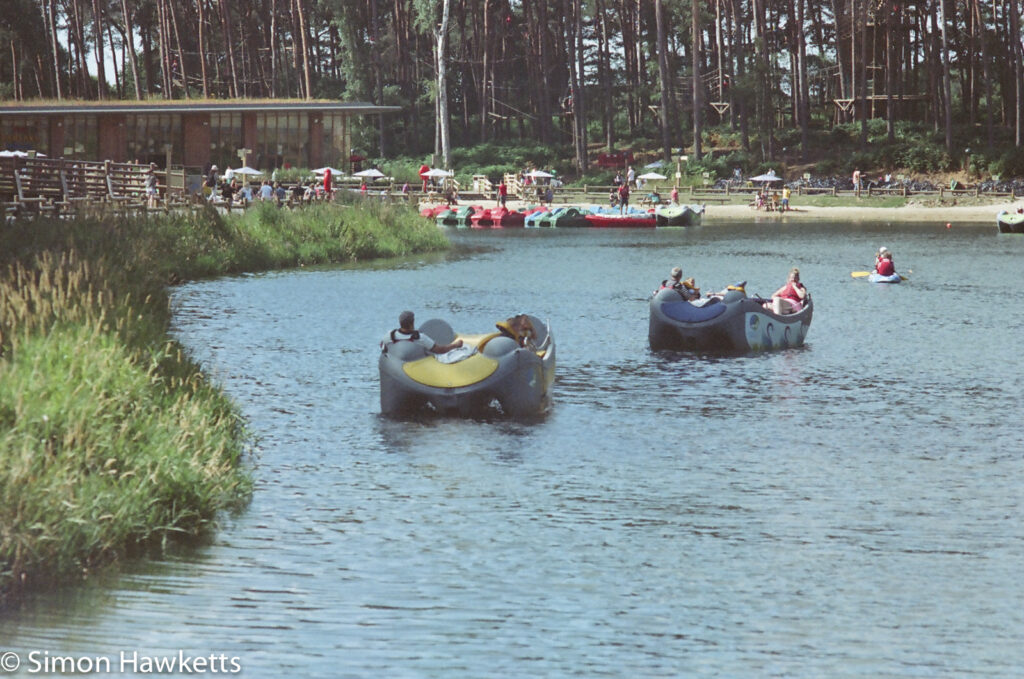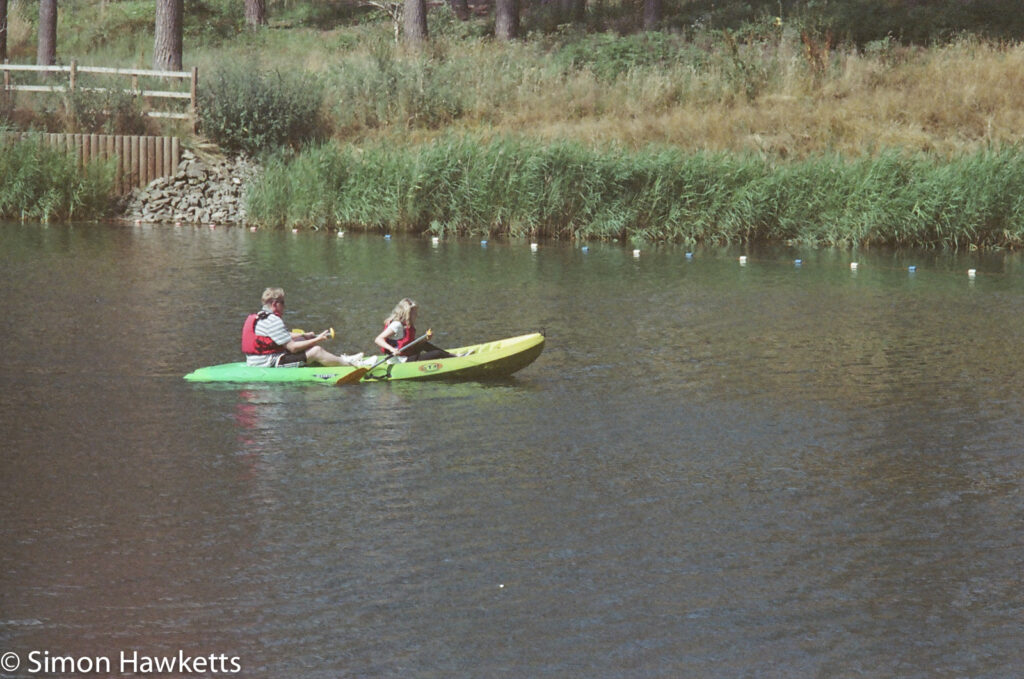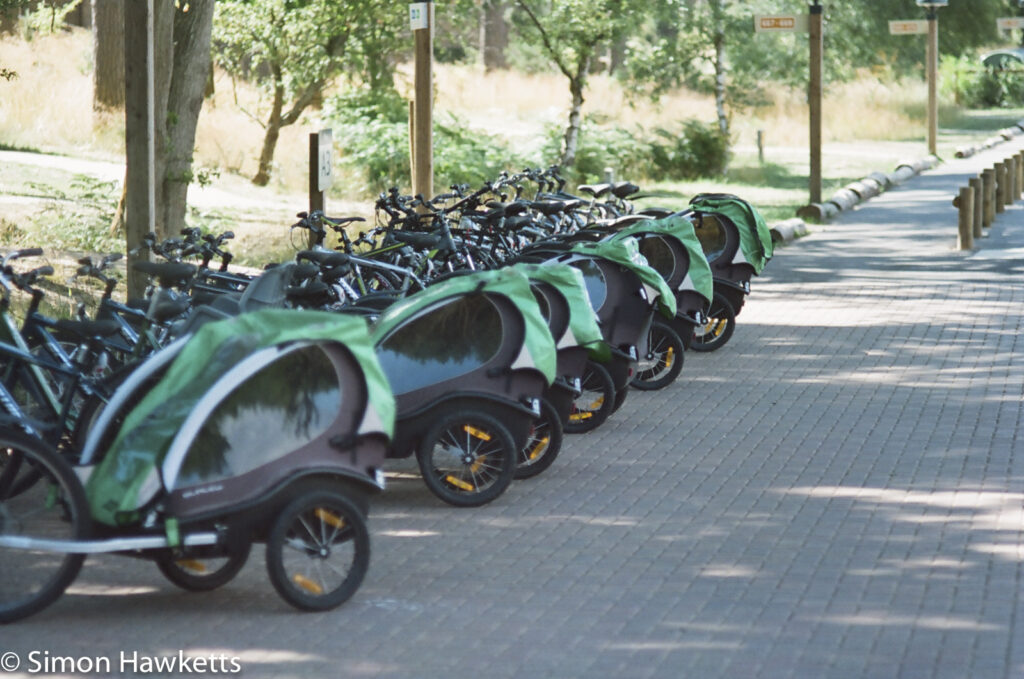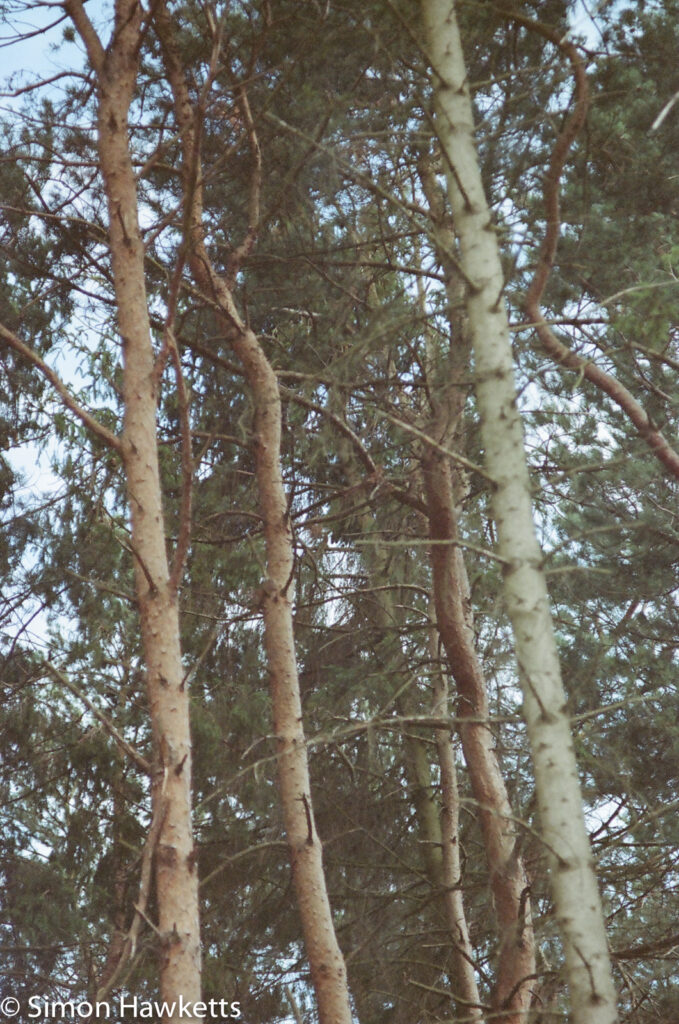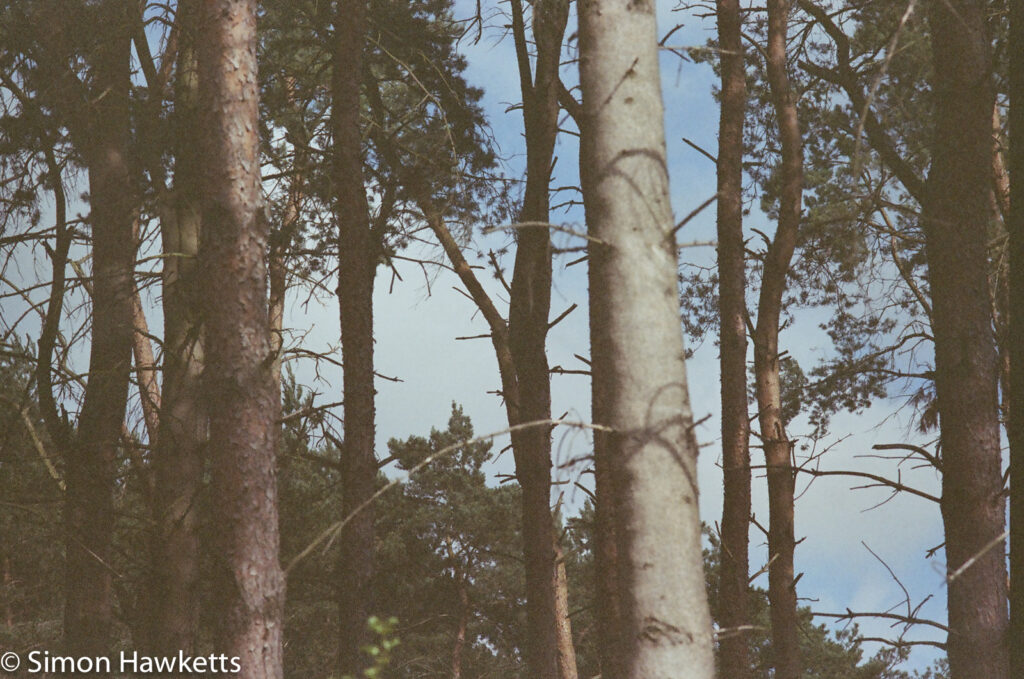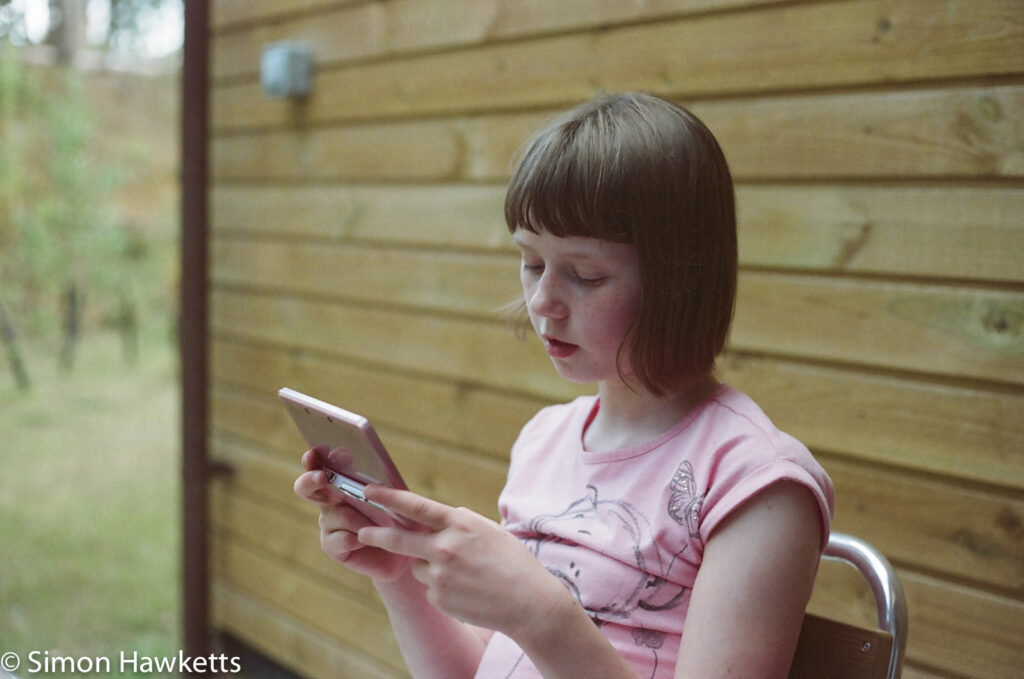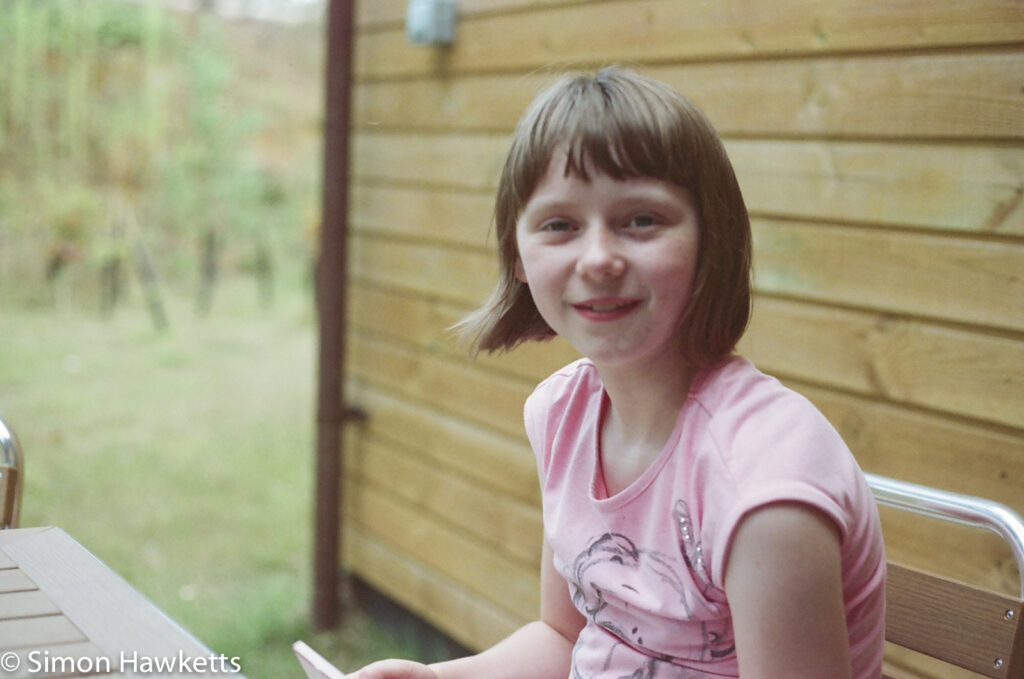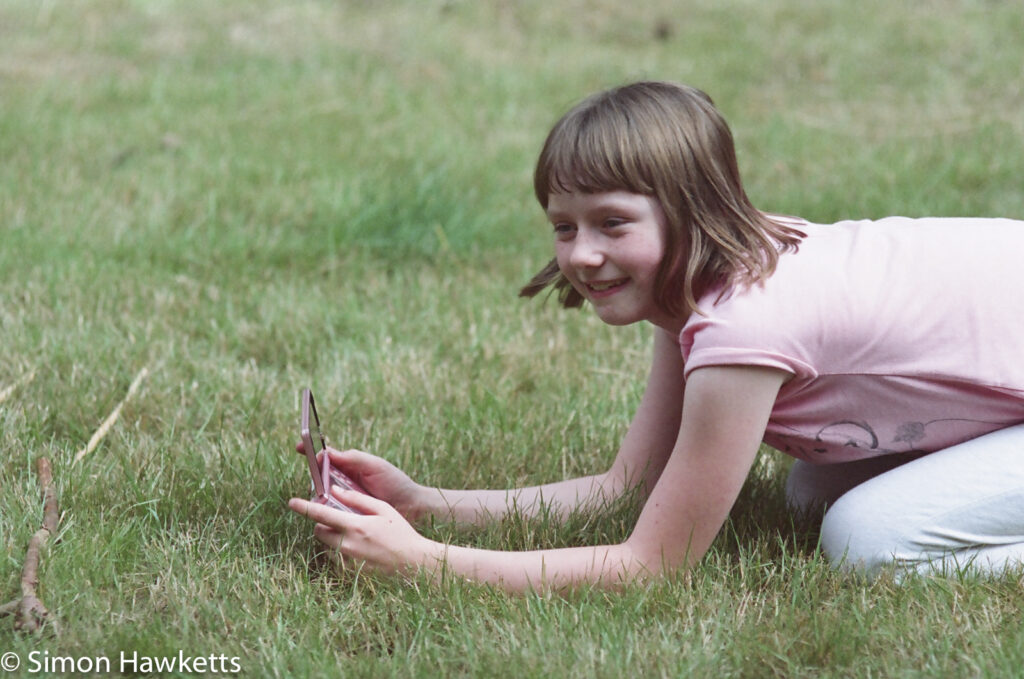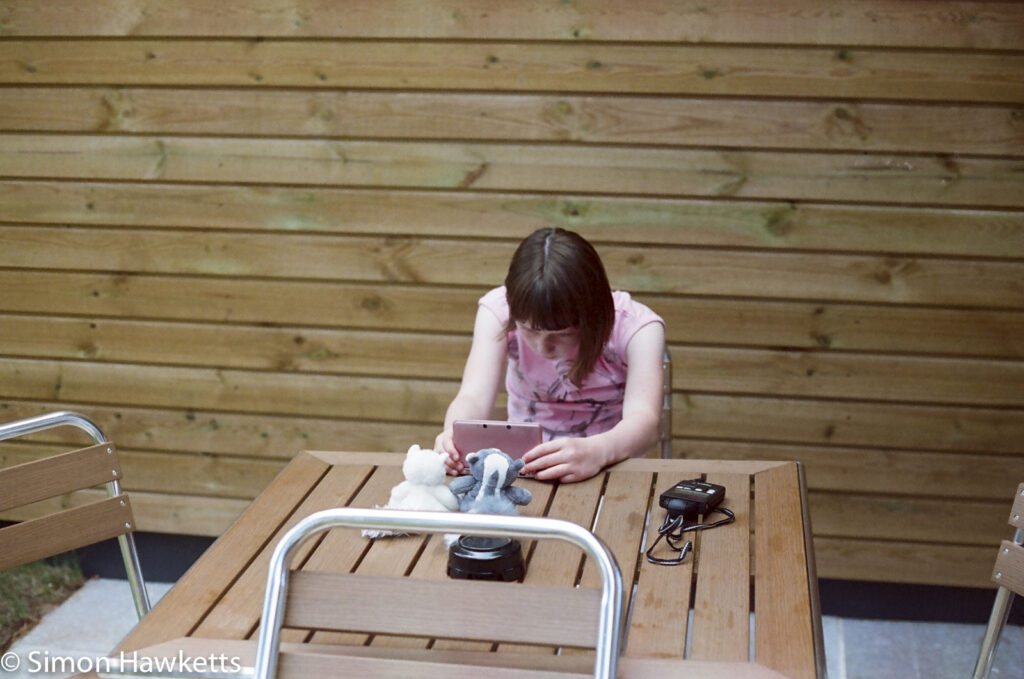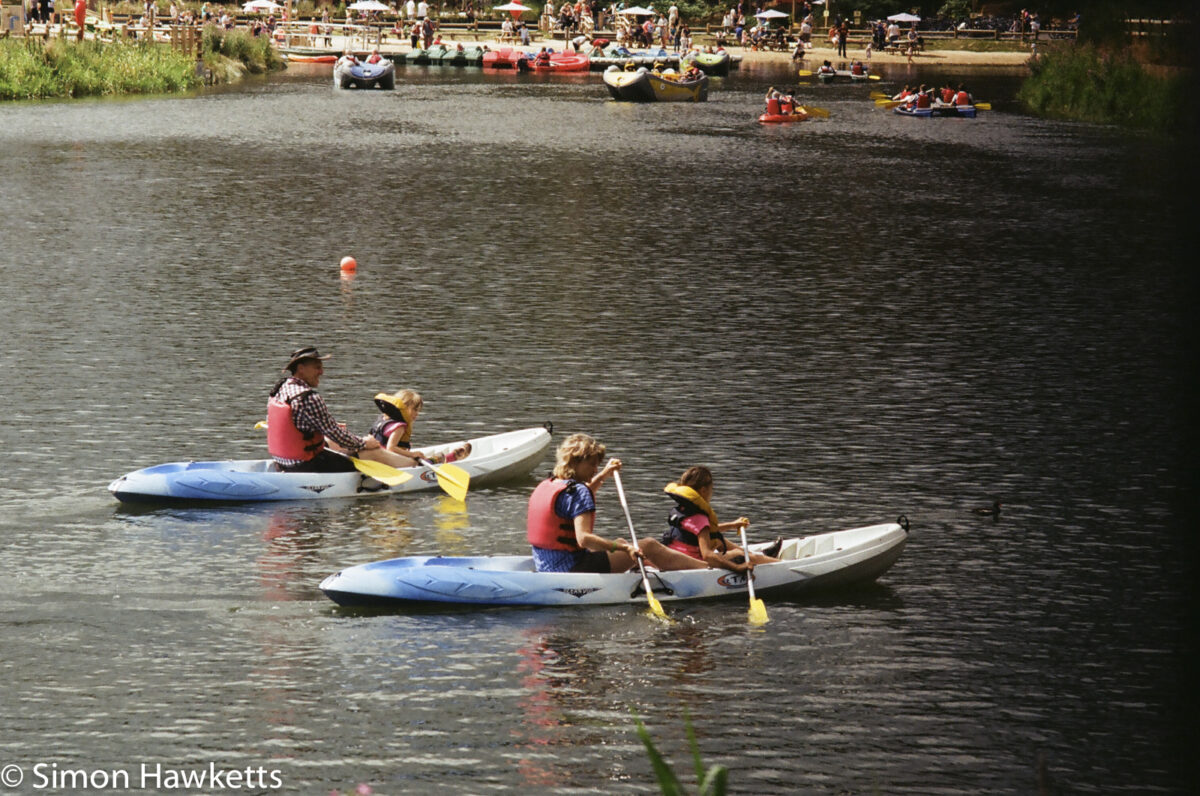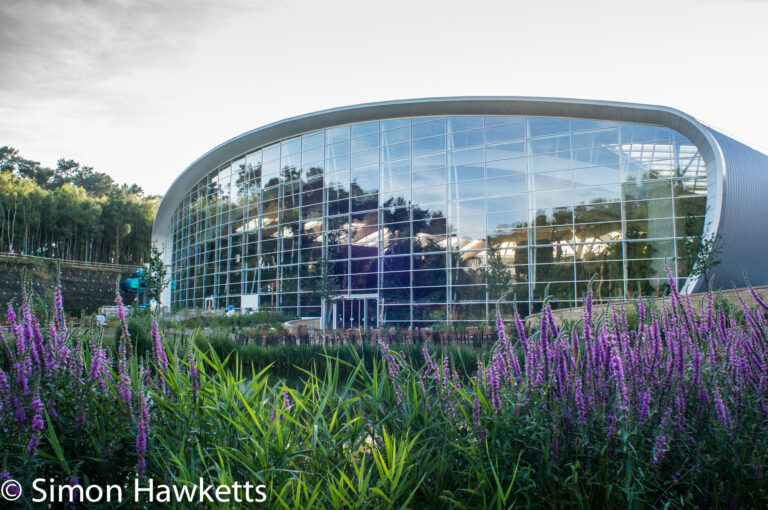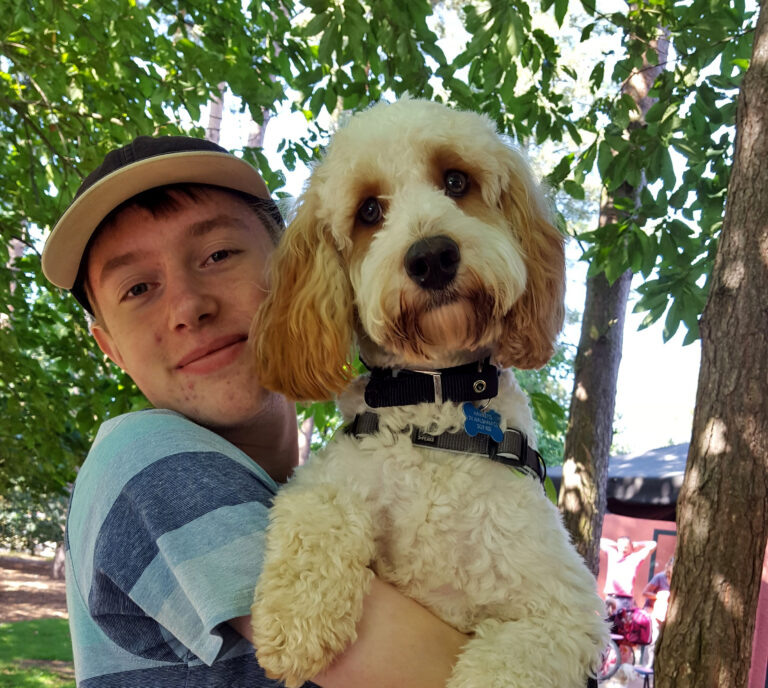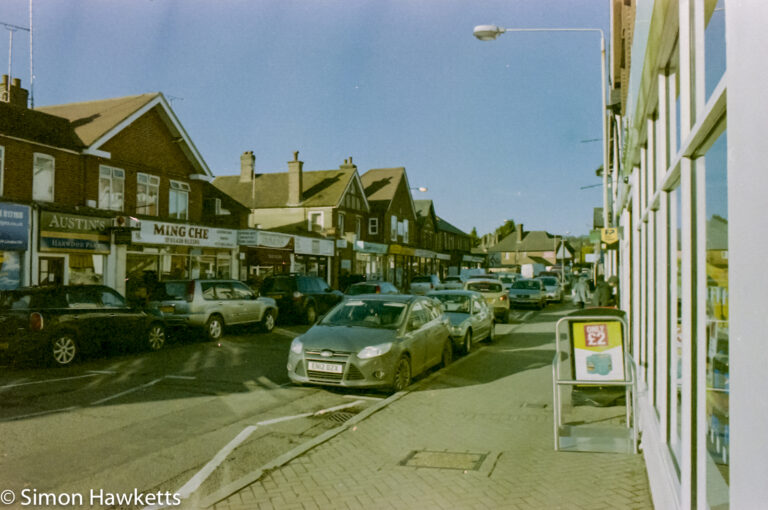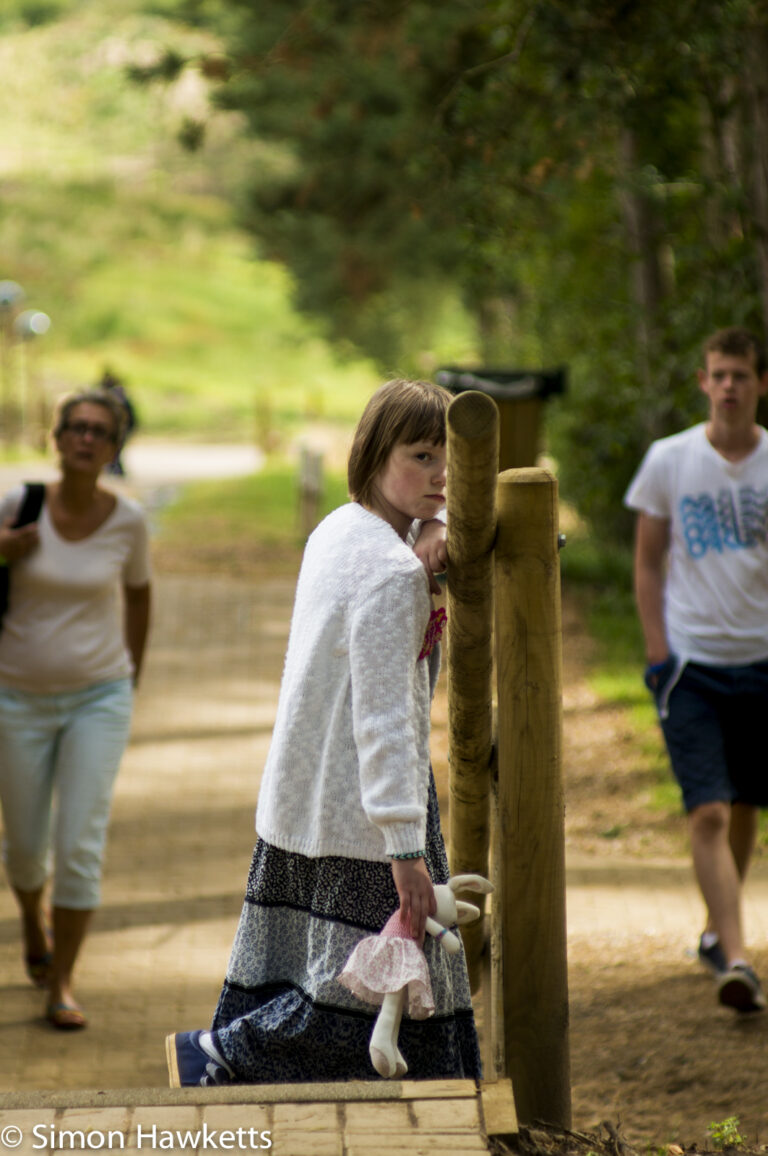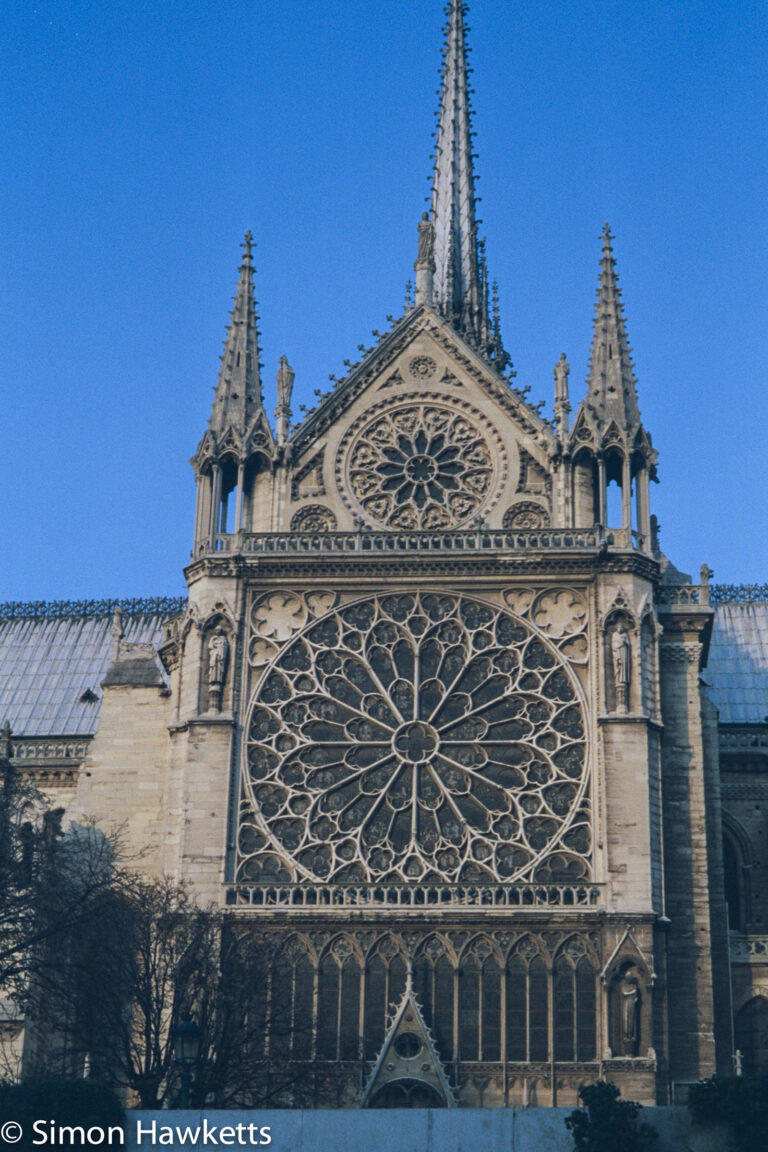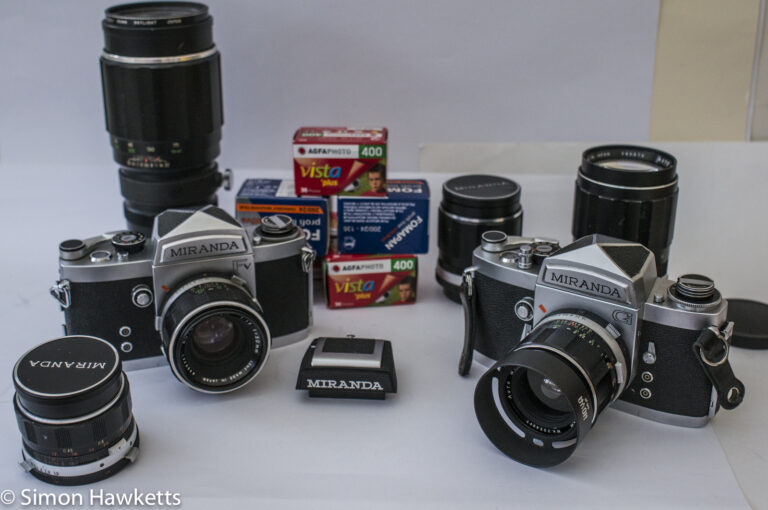Back to film photography
During our recent trip to CentreParcs in Bedfordshire I had a go at film photography again for the first time in many years so I thought I’d write a quick post describing the experience. As it turned out I didn’t take quite the equipment list I originally thought I would because I decided the Miranda F and the Miranda G were so alike that it would be a bit of a wasted opportunity not to take something a bit different. So, in the end, I replaced the Miranda F with a Miranda Sensorex EE which gave me the advantage of having a body with in-built metering and an auto exposure option.
Observations
Exposure setting and range
The first thing which became immediately apparent is the amount of care you need to take over exposure compared to using a modern digital camera. On my Sony Nex 6 or Ricoh GXR it’s possible to use a variety of auto exposure controls which let the camera set two parts of the ‘exposure triangle’ (shutter speed, aperture and ISO) while I set the other. This means I hardly ever think about exposure other than set the aperture I want and check to make sure the iso isn’t too high. Although this is somewhat true of the Sensorex EE which has shutter priority auto exposure, the Miranda G is a wholly manual camera which needs to be completely and correctly set for each exposure.
I rather fell at the first hurdle with the first reel of film I put through the Miranda G because I managed to mis-read the ISO setting on the film and expose it for ISO 400 rather than ISO 200. (There is an explanation – I had several reels of Kodak Gold 400 ISO film and, as it turned out one reel of Kodak Gold 200 ISO. I picked up the wrong reel).
As I said above the Sensorex EE has inbuilt metering, but is fitted with a modern battery of the wrong voltage, so I calibrated it against my Gossen Digipro F meter which resulted in the correct exposure when the camera was set to 200 iso. For the Miranda G I used Sunny 16 but occasionally calibrated my own estimated exposure against the digipro.
Once I got used to setting the exposure for each picture the next thing I noticed was what a limited exposure range a film camera has. It’s because the exposure triangle is limited to only two variables. I had chosen ISO 400 film to try to ensure I could take pictures as the sunlight was fading in the evening, but this on occasion made it difficult during the middle of the day because the lenses all had a minimum aperture value of f/16. According to the Sunny 16 rule I should have been fine because at 1/400th sec shutter (actually 1/500 on both Mirandas) I should have used f/16 in bright sunlight, but when I checked using the light meter I got a reading of 1/4000sec @ f/16 on a couple of occasions and waited for the sun to go behind a cloud to take a picture.
Weight and noise
I’d forgotten how heavy a lot of this equipment is! I carried a bag containing a camera body with a 50mm lens, a 35mm f/3.5, a 28mm f/2.8 and a 135mm f/2.8 along with a modern light meter and my shoulders were aching after only a few minutes. I guess moving to a mirrorless system a couple of years ago hasn’t helped me here – and to be fair a modern DSLR would weigh even more.
The other thing I’d forgotten is the loud ‘clunk’ and physical shock as the shutter is released – it’s quite different from my Nex 6 and also, strangely different from my Pentax K5.
Manual focus without peaking
I’m quite used to manual focusing since I got my Sony Nex but that is with focus peaking rather than just by judging the focus. I found it quite difficult to get the focus right using just the ground glass screen and some of the results are definitely off with the focus.
Positives
There are some positives as well.
Because I was testing my reaction to film photography and to an extent the cameras, I took lots of pictures, but all the time I was considering the cost of all the pictures I took. The films were about £5 each and the development also cost £5 for each film to be developed and scanned. That could be seen as a negative, but I expect if I was doing all my photography on film I would seriously think about each picture I took so I didn’t waste frames. This would probably give me higher proportion of good pictures than I currently have.
Another positive was the wait while the films were processed. Again that sounds an odd thing to list as a positive, but it reminded me of how photography used to be and the excitement we used to feel while we were waiting for the pictures to come back from the chemist!
Film Photography Results
So having returned and had the films developed here are the results – admittedly not photographically brilliant, but a set of family holiday snaps. I haven’t picked any particular pictures to include – these are all the pictures I had developed and I’ve only imported them into lightroom and then exported them with a copyright notice. All the pictures from this post are available in full size on this link.
Oddly enough the film in the Miranda G was considerably better and more consistently exposed than the film in the Sensorex EE even though I exposed it at ISO200 rather than ISO400. I wonder if there is something wrong with the metering in the EE because the first half of the film was quite badly under exposed, but the second half seemed much closer to being right. As I said in the post above I calibrated the EE against my modern lightmeter so I thought it would be reasonably accurate but it seems not.
The images which were well exposed are quite nice, but not up to the quality of the images I got with my Nikon F80 when I put a test film through it.
So overall it has been an interesting experiment and one I will probably repeat when we next go away although I might take some more modern pentax MZ series cameras which are considerably lighter to carry about.
Pictures from Miranda G
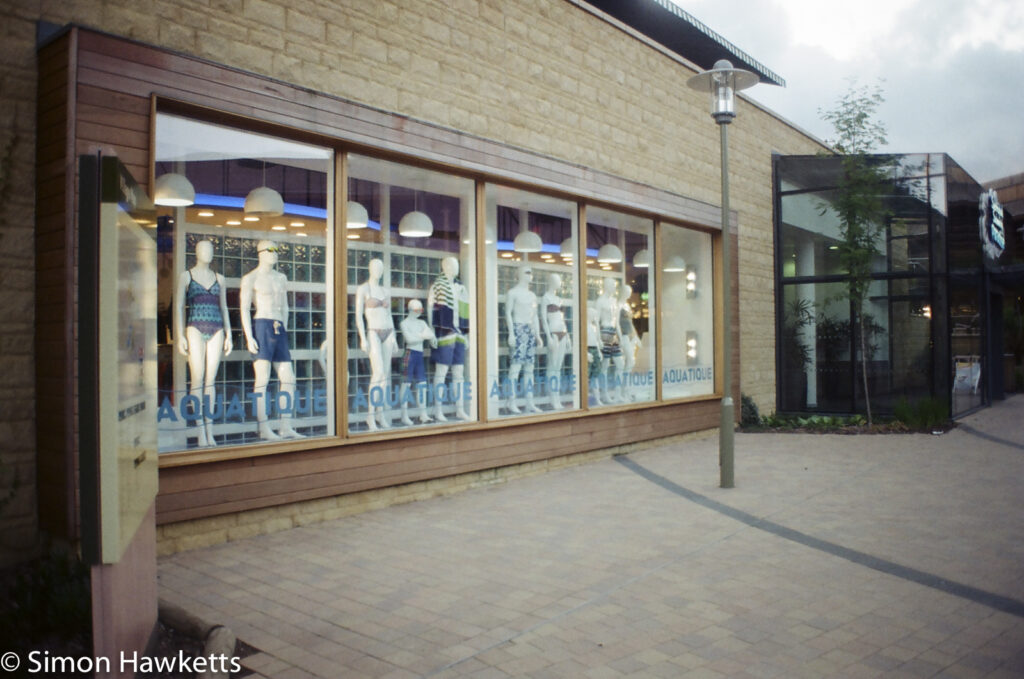
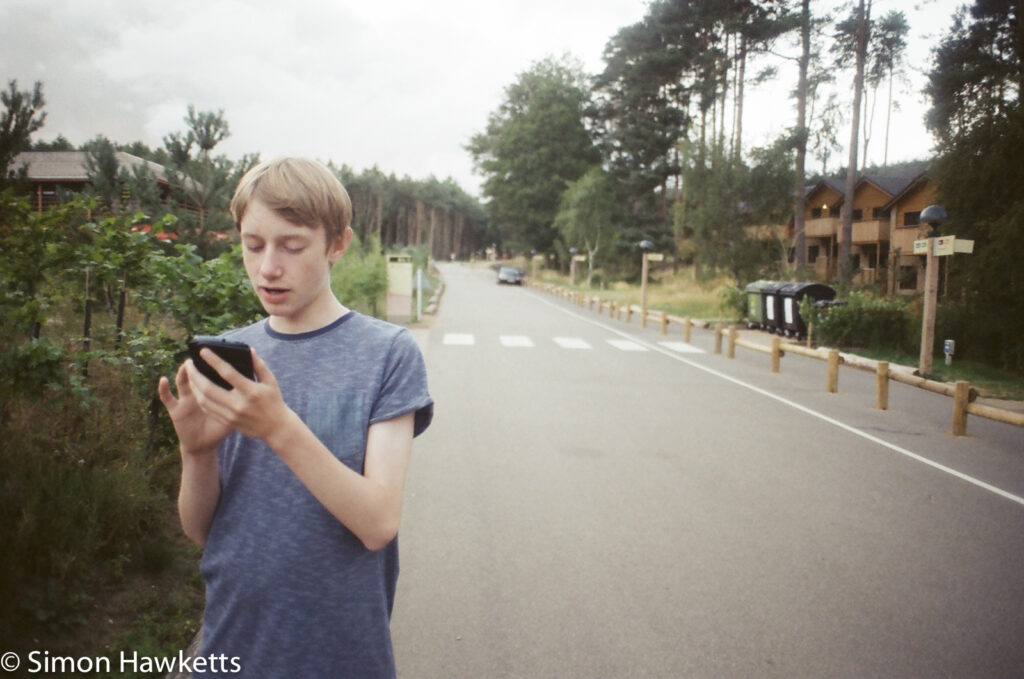
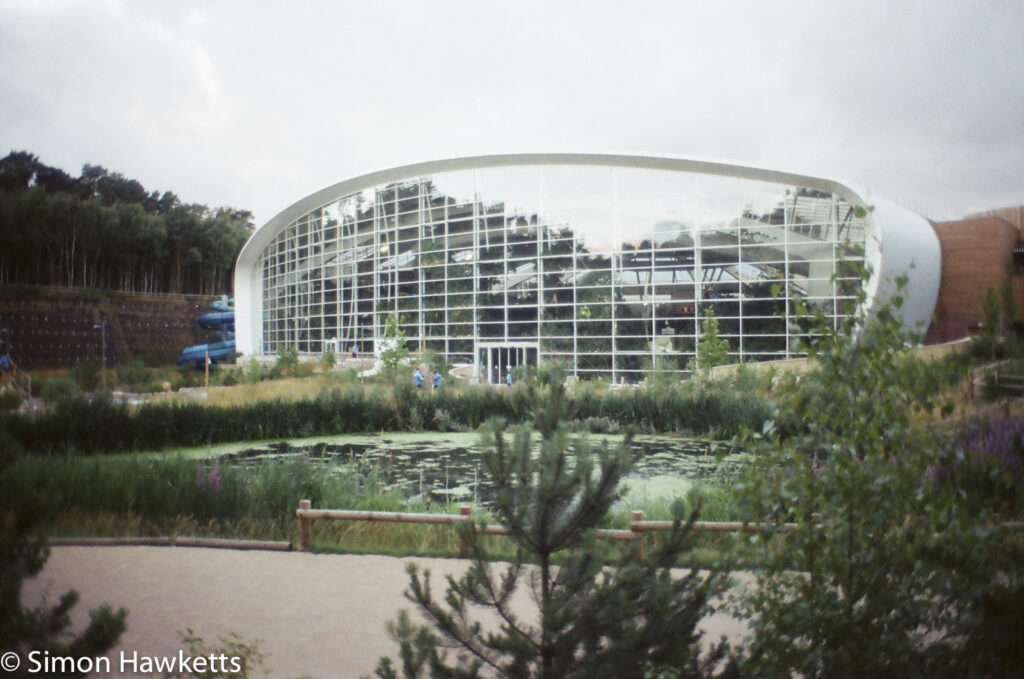
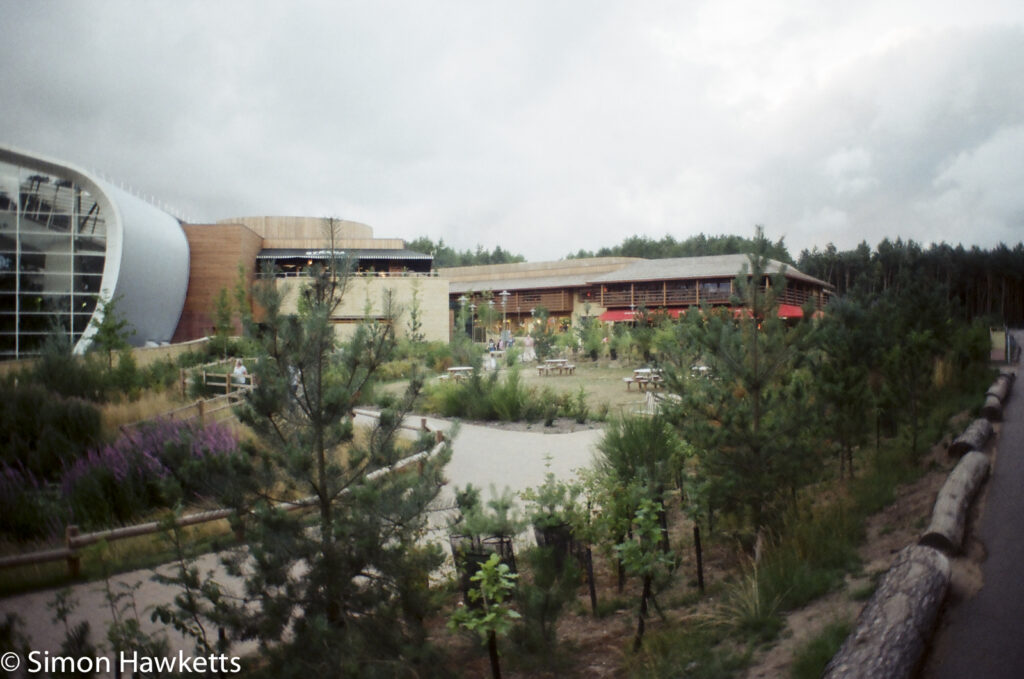
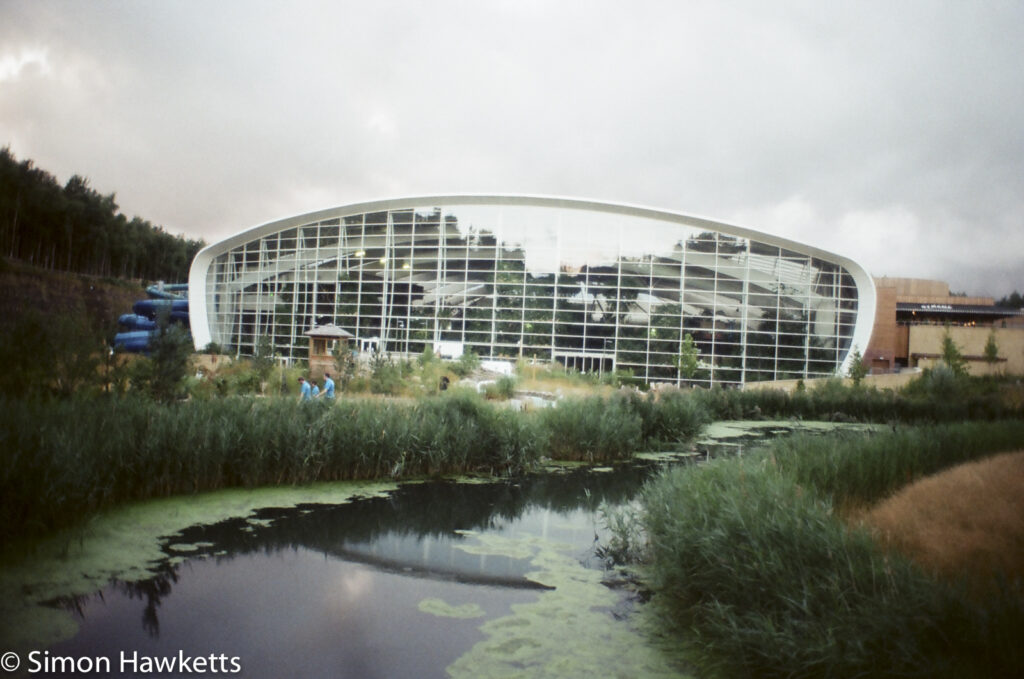
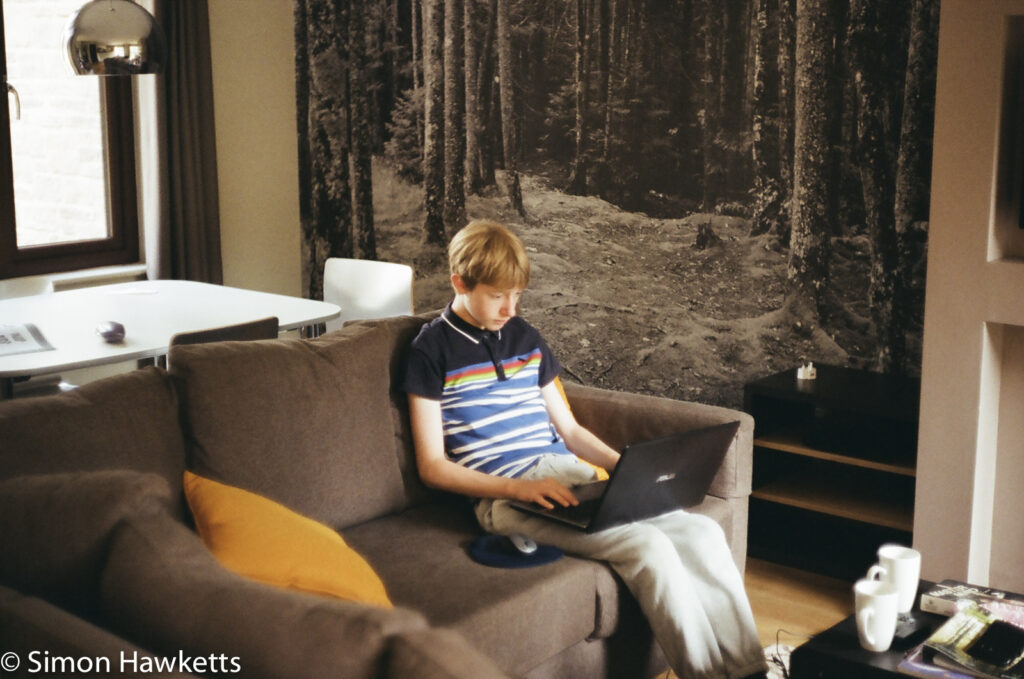
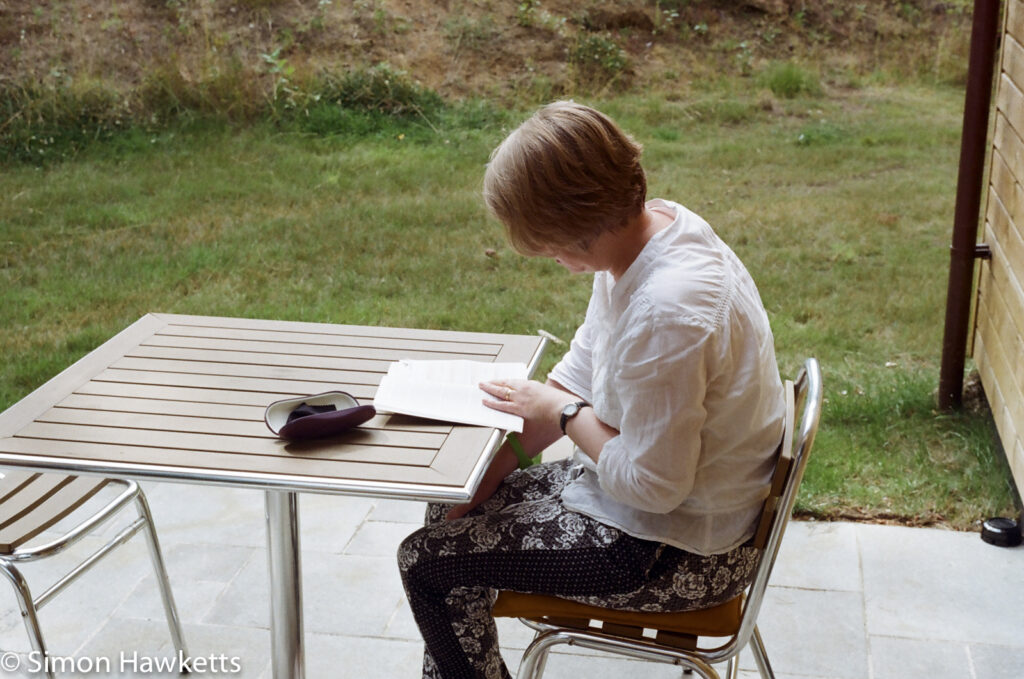
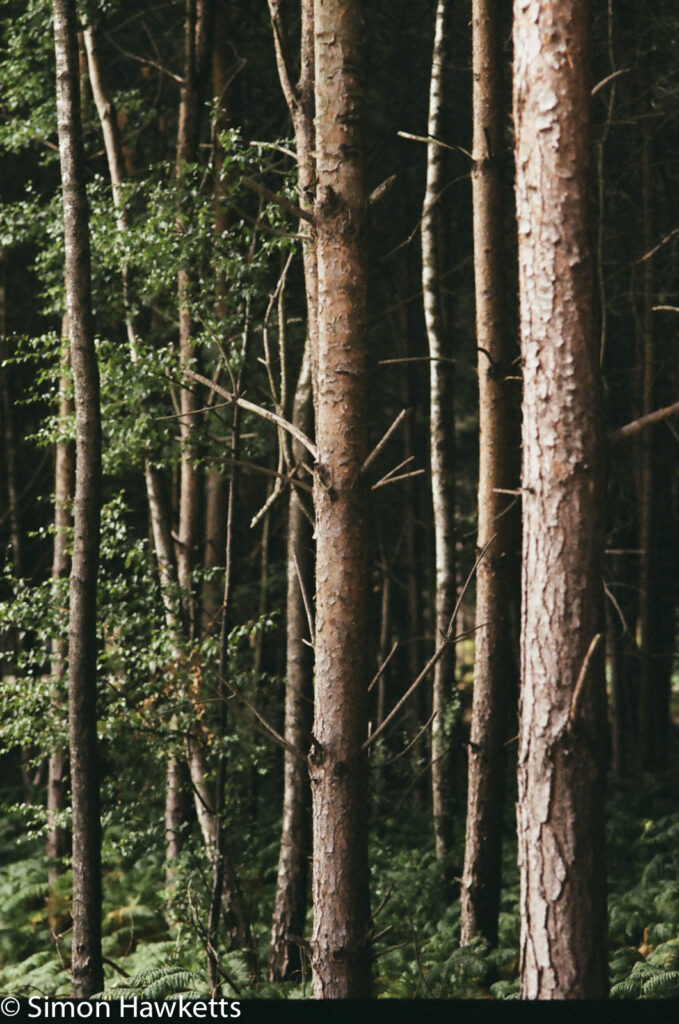
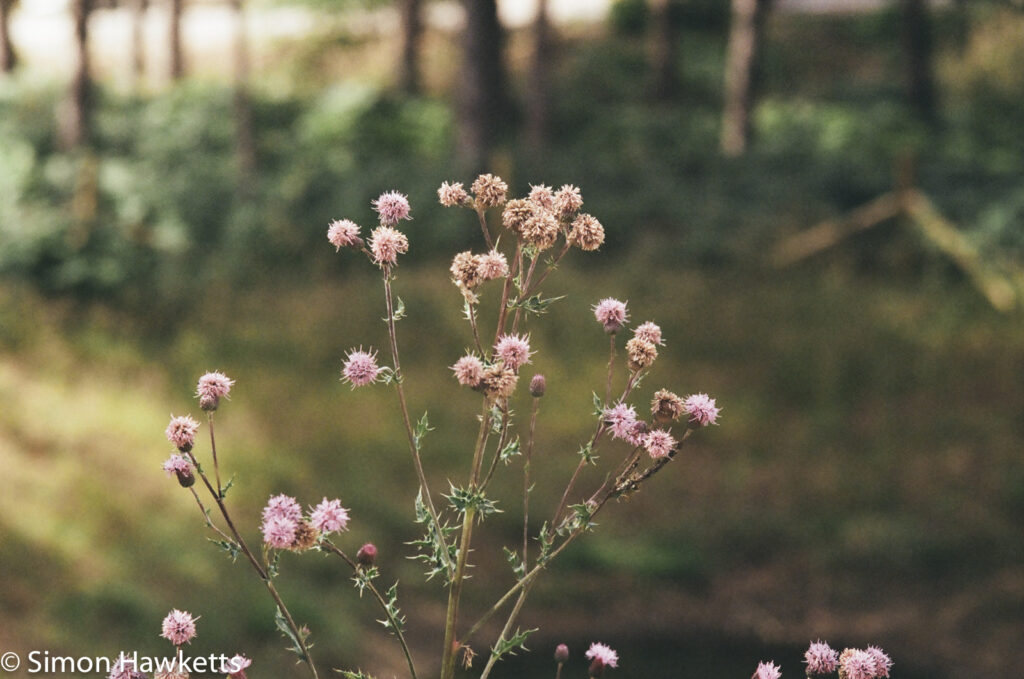
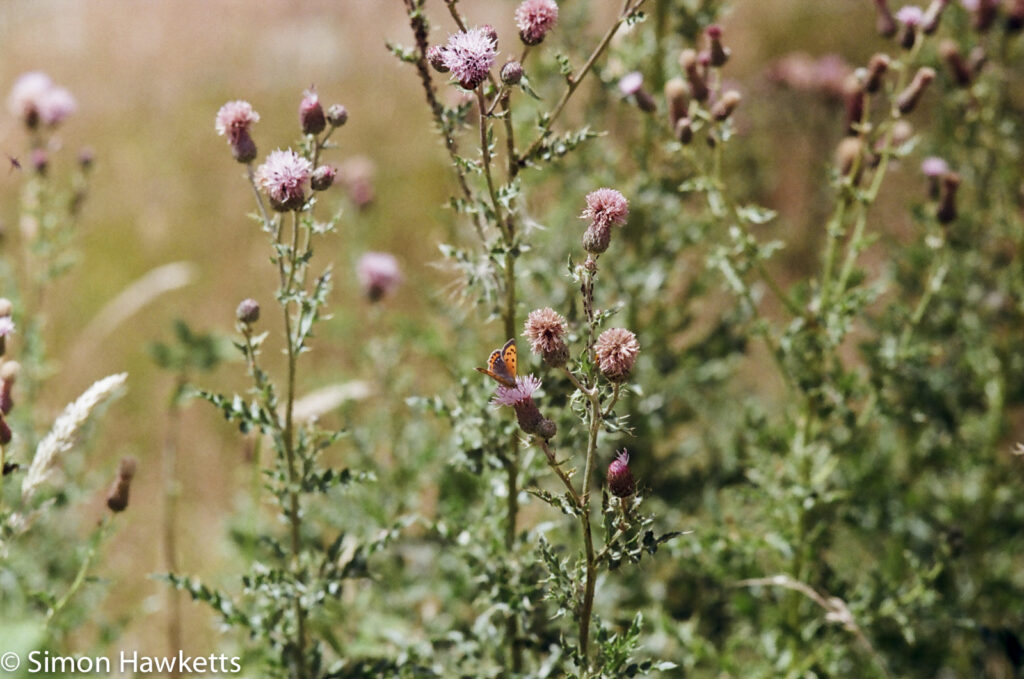

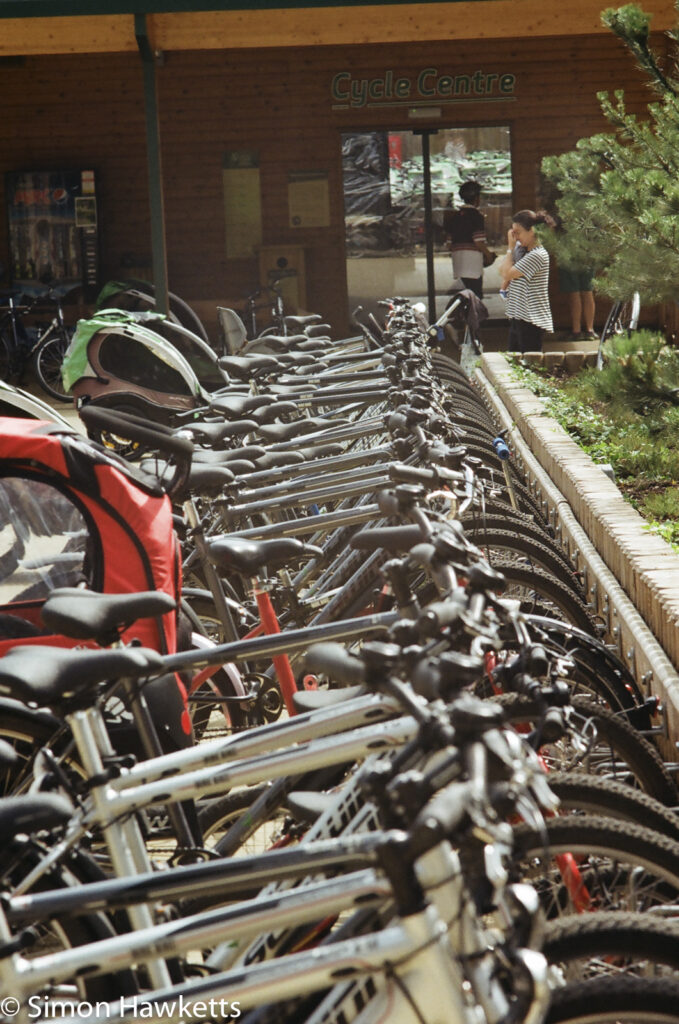
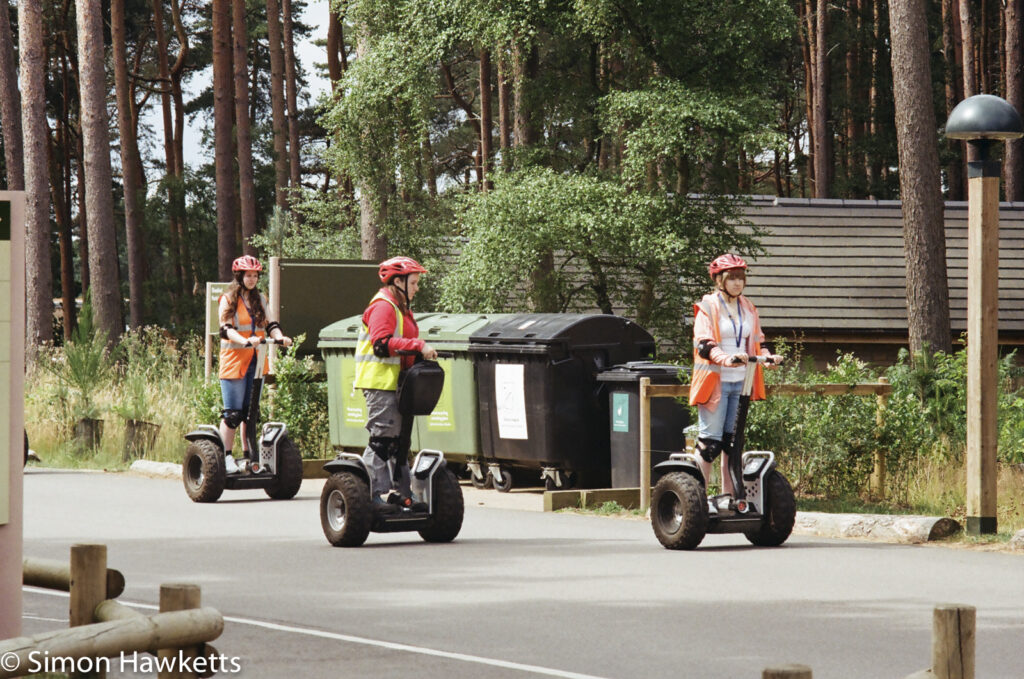
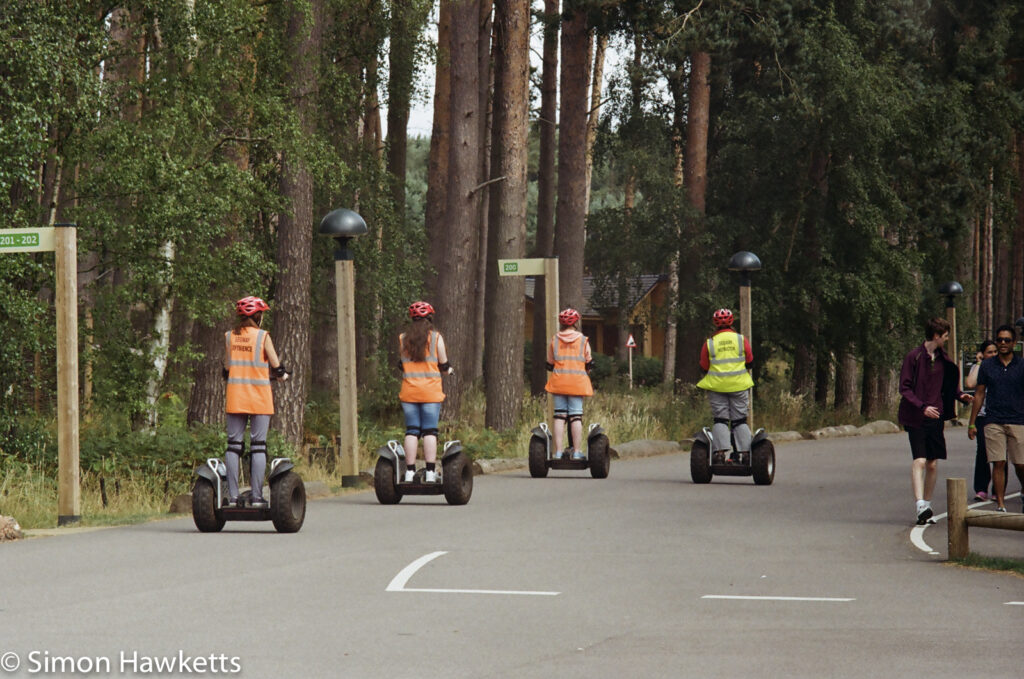
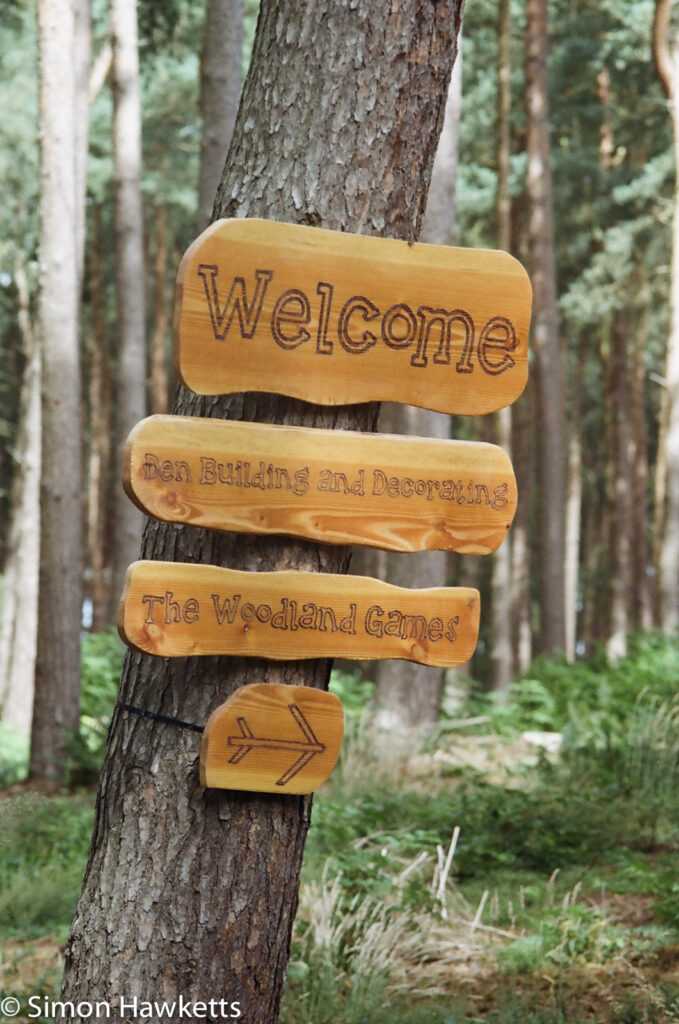
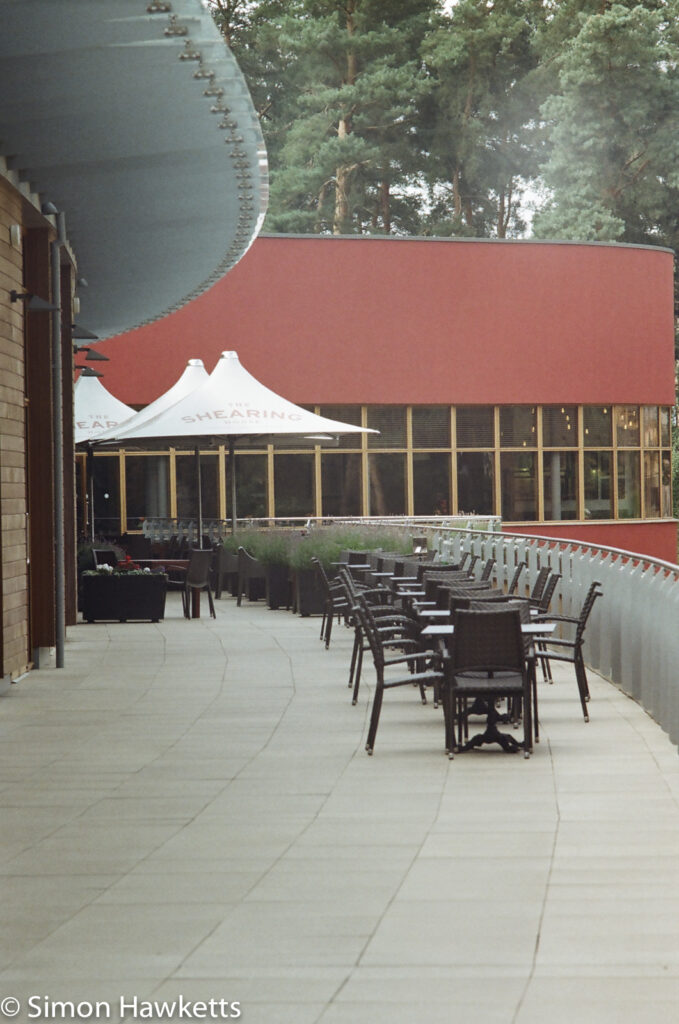
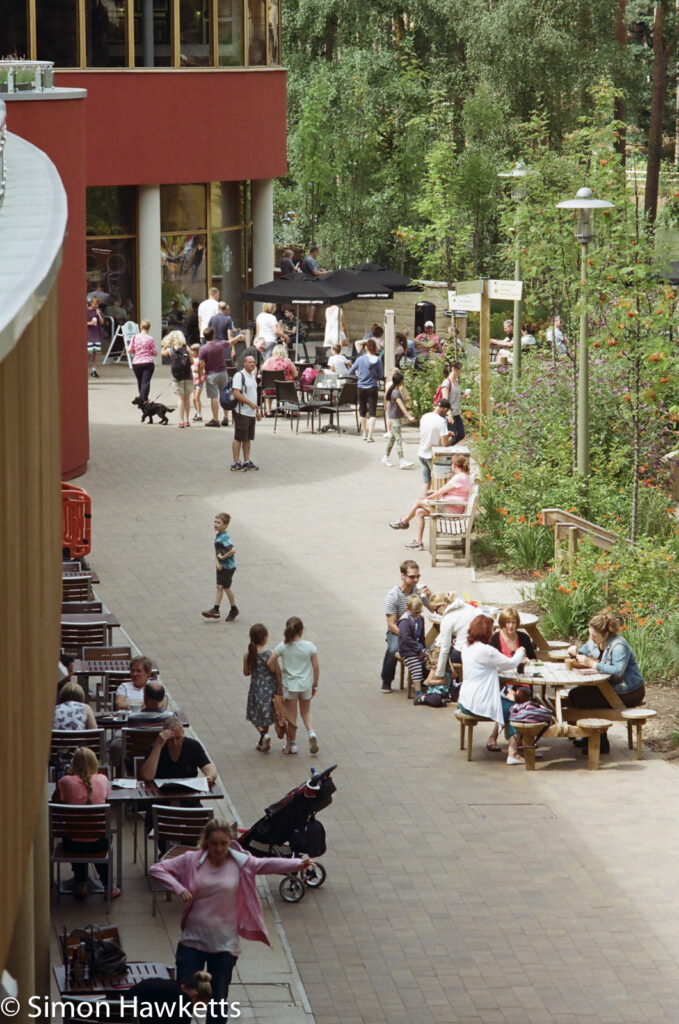
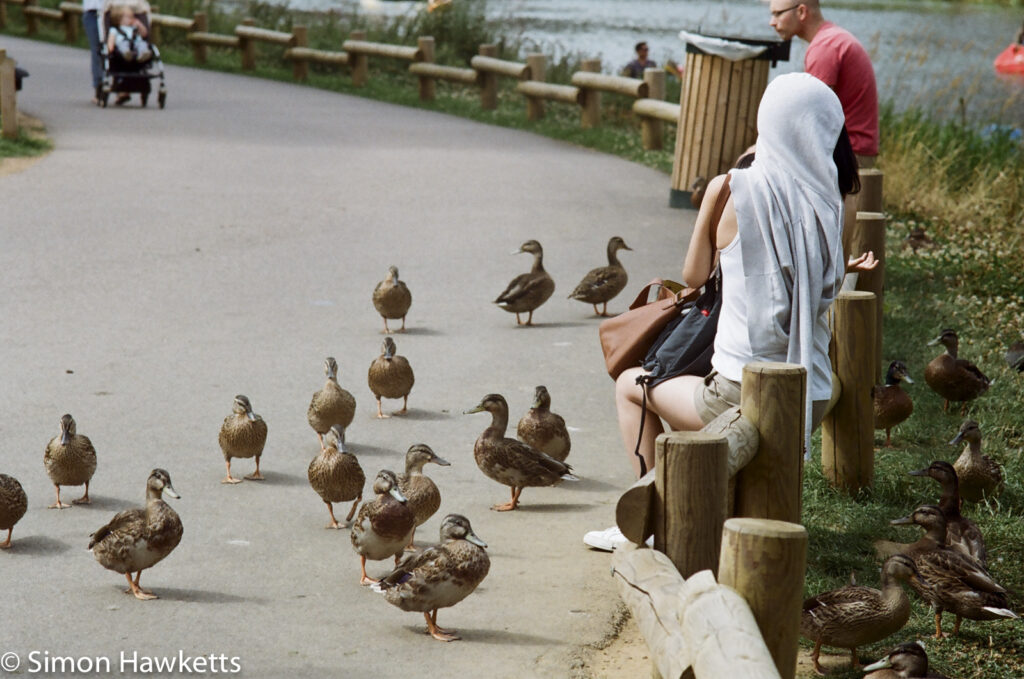
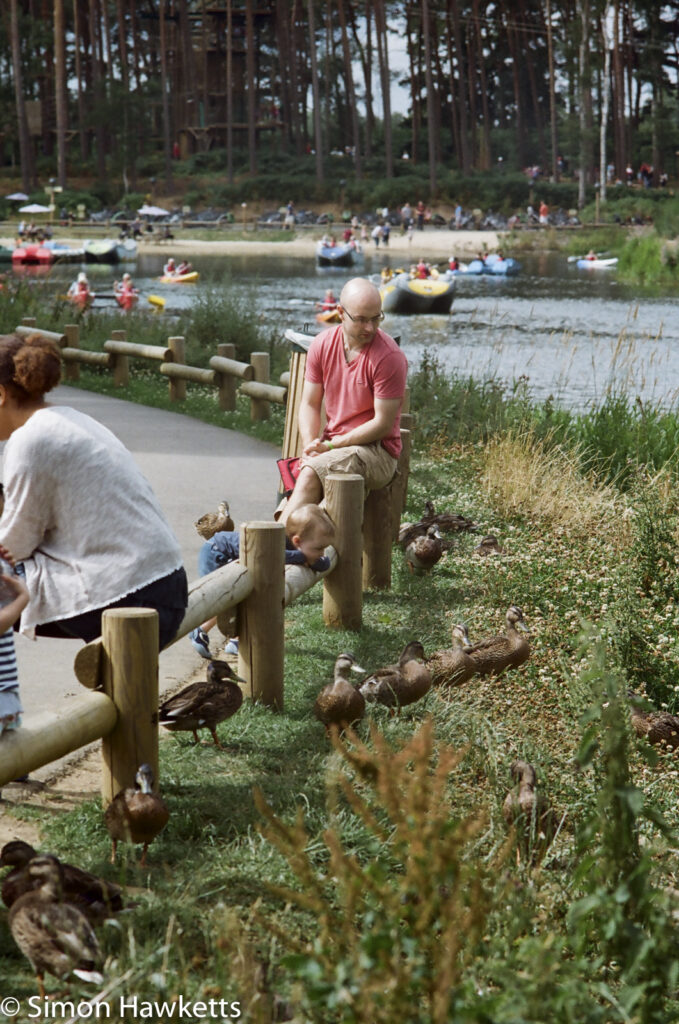
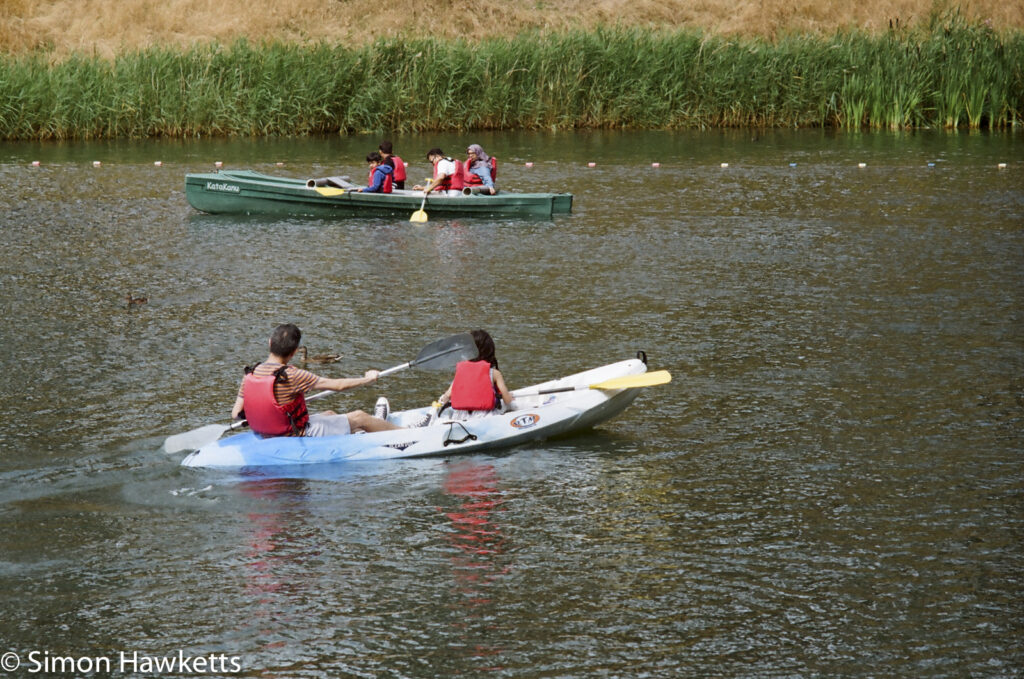
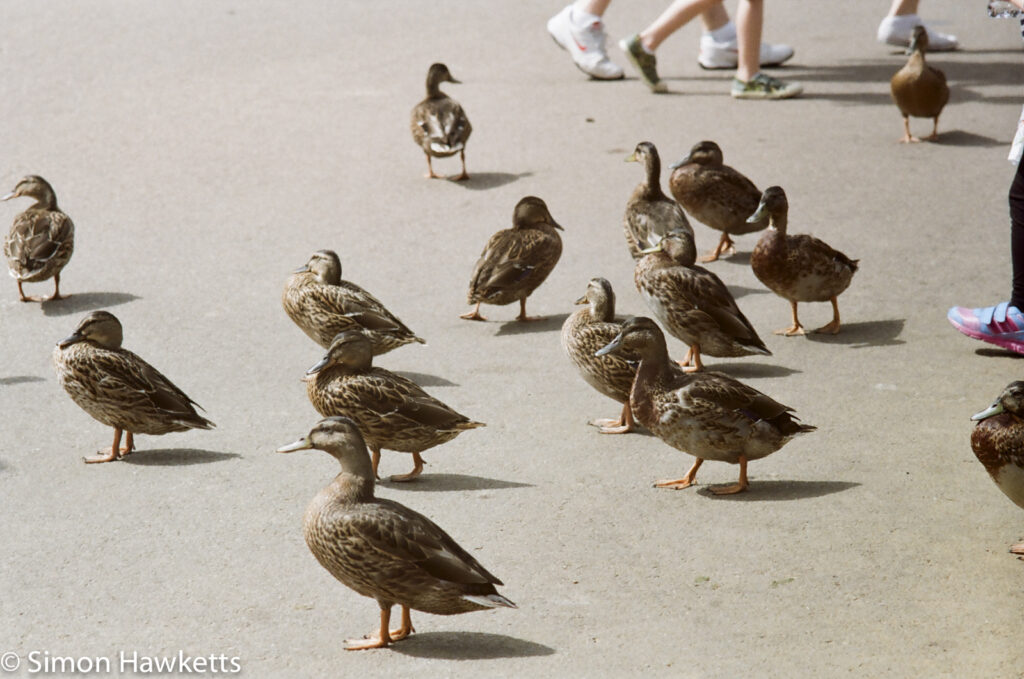
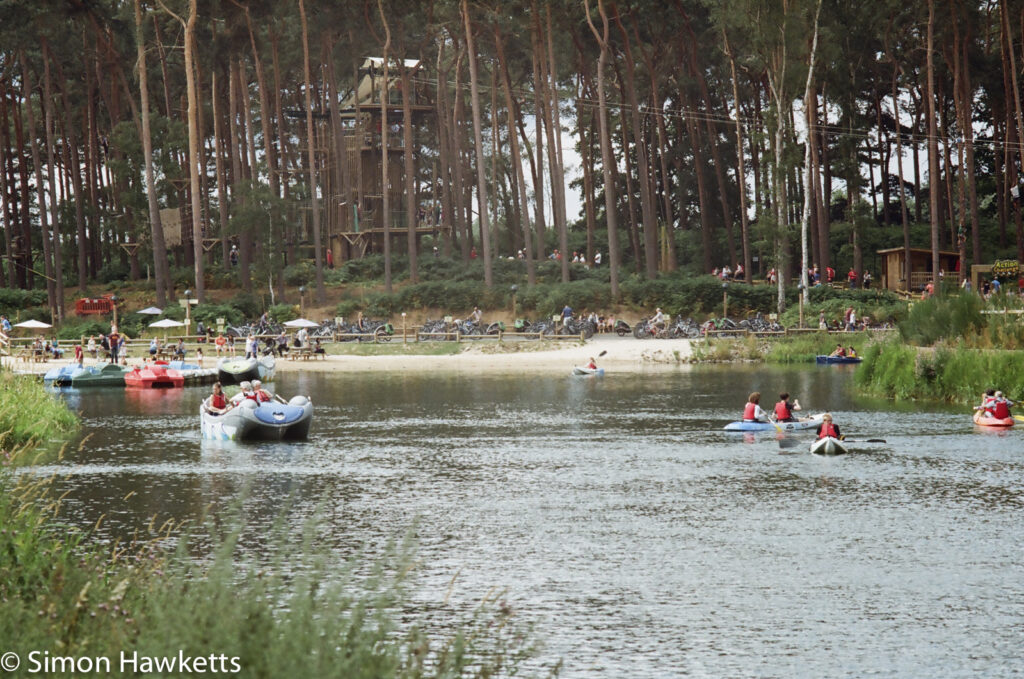
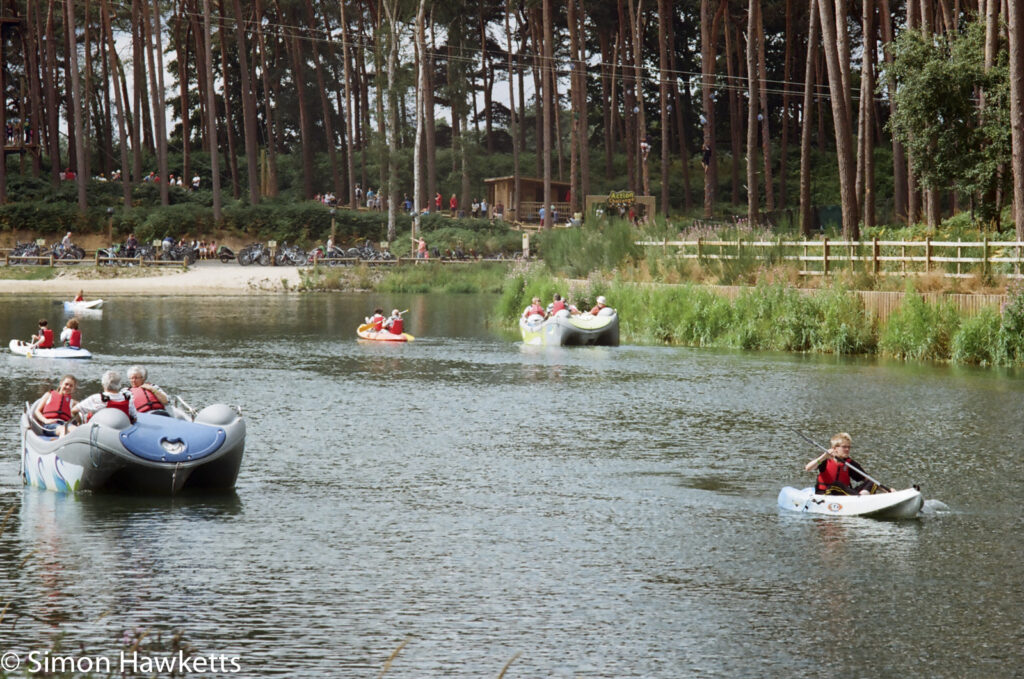
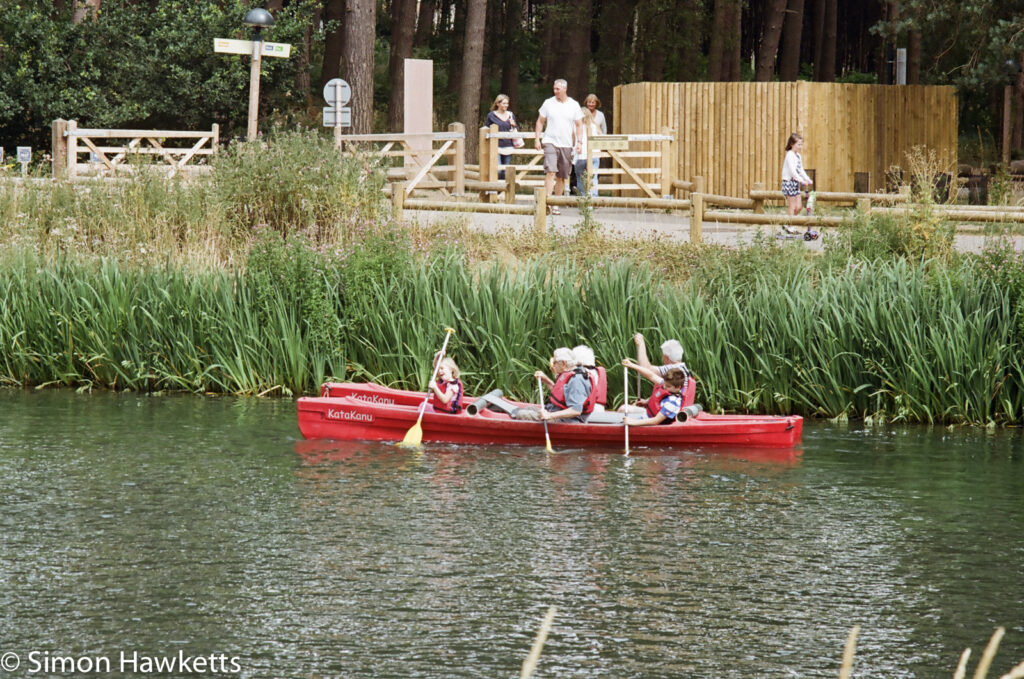
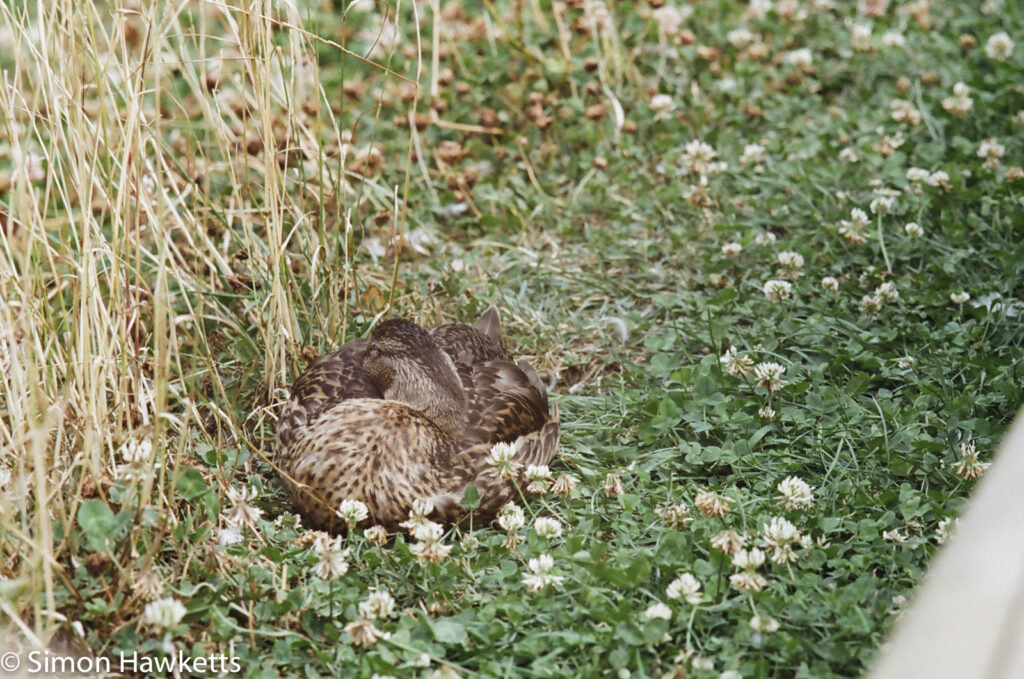
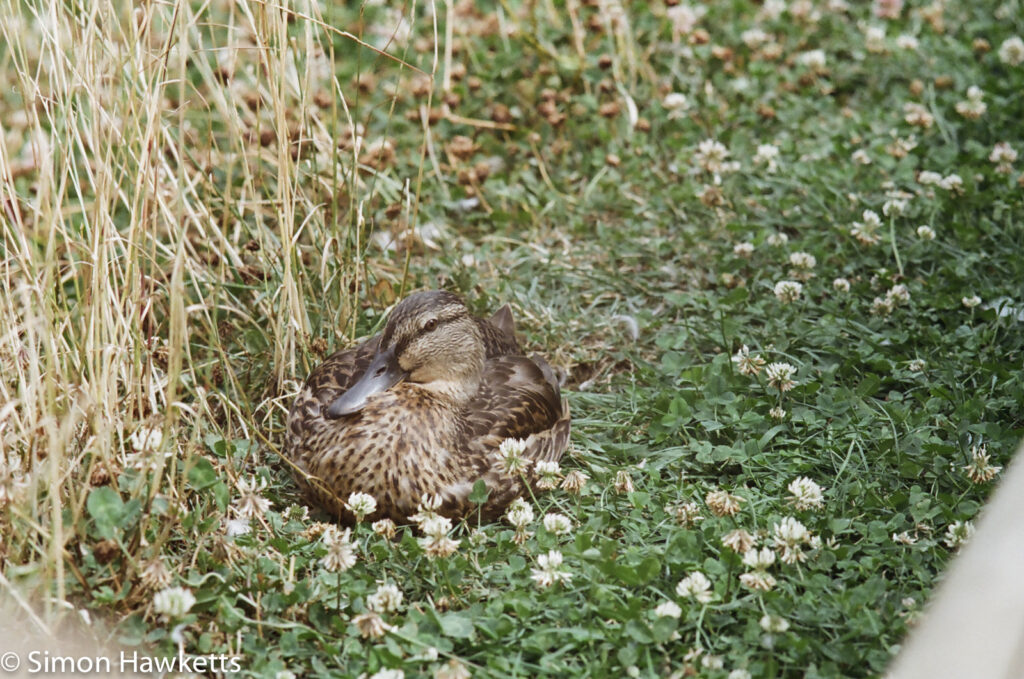
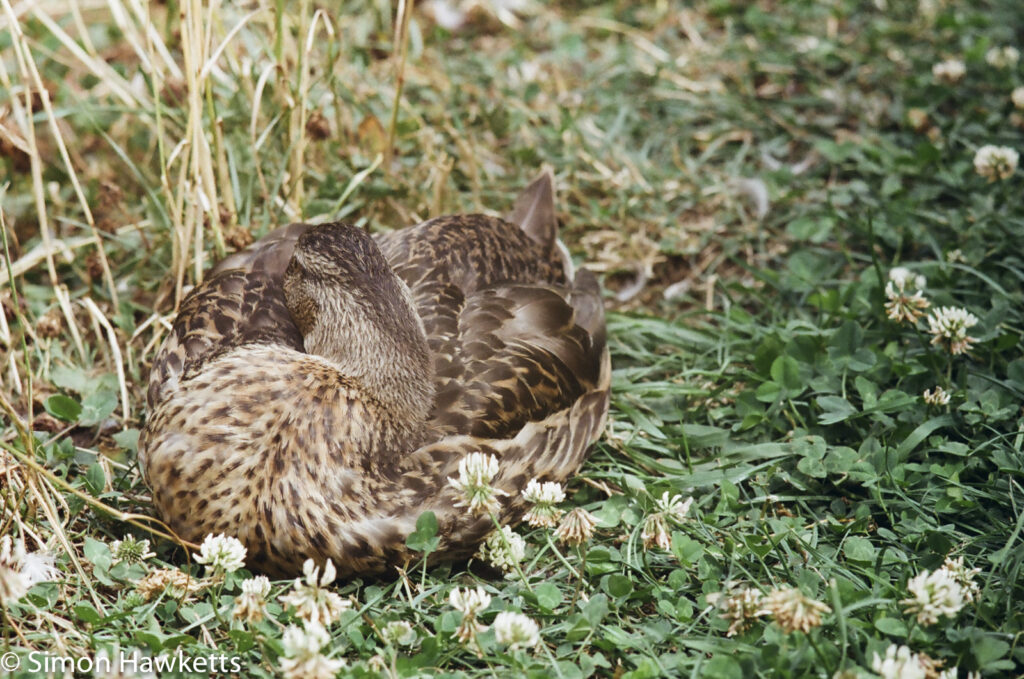
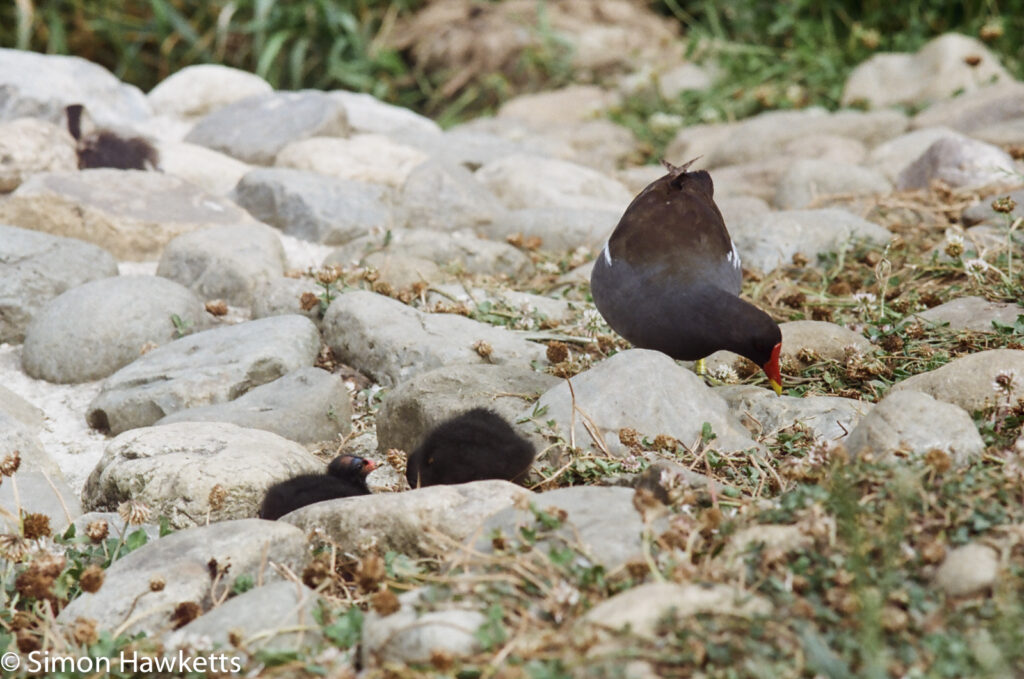
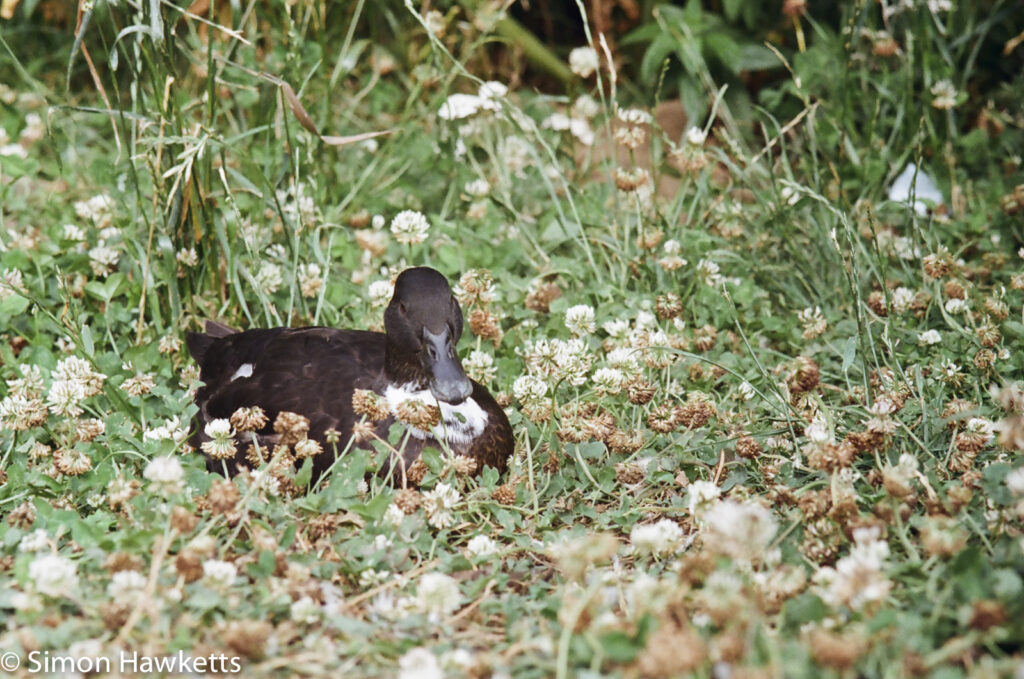

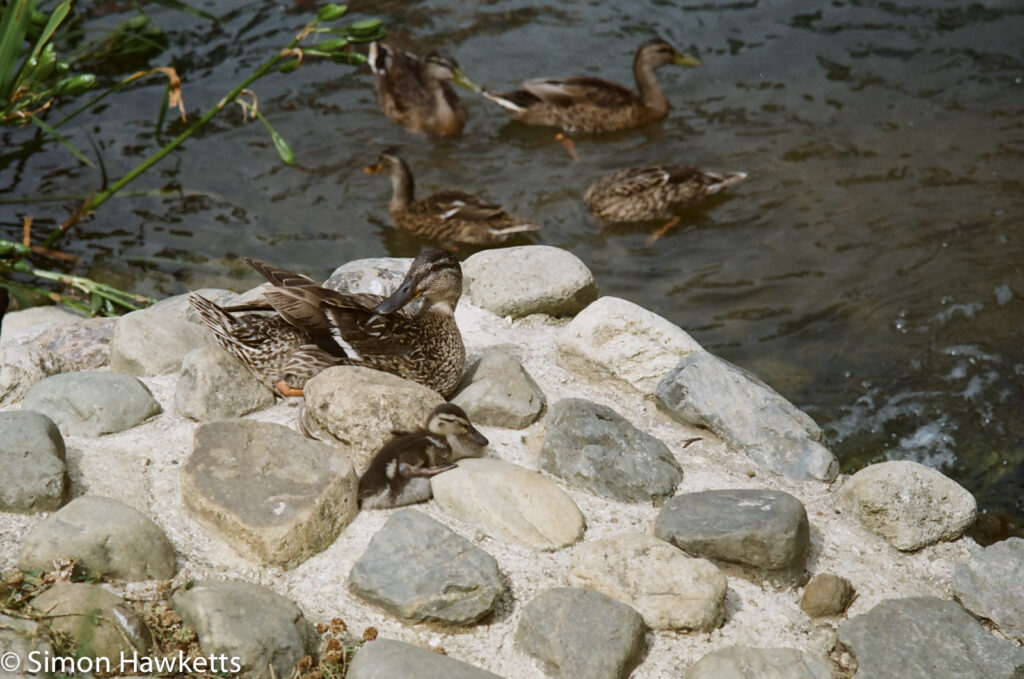

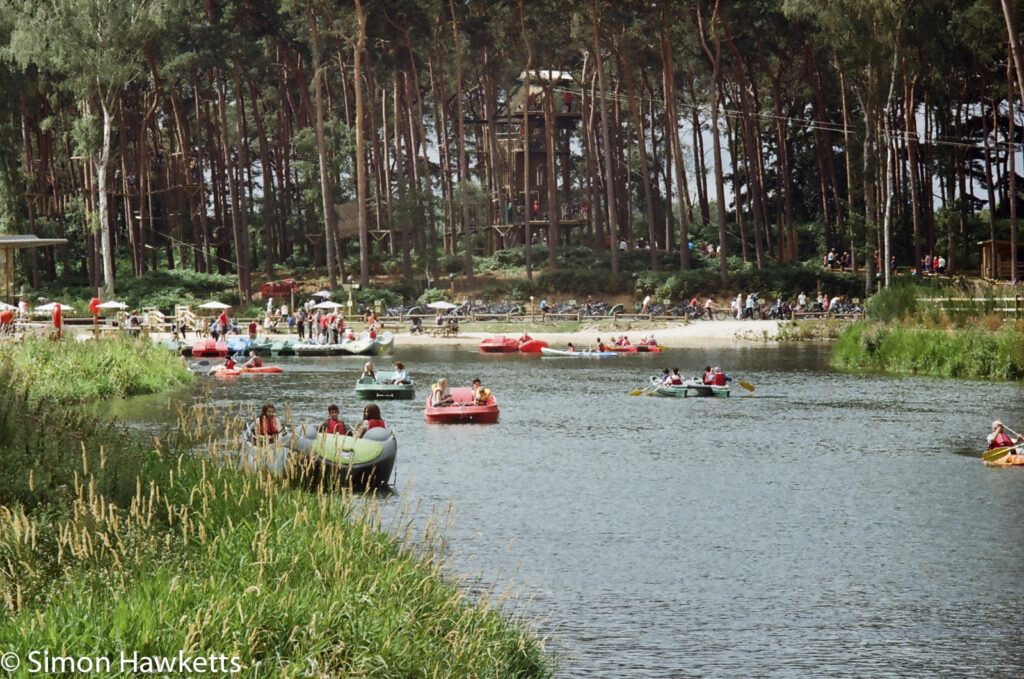
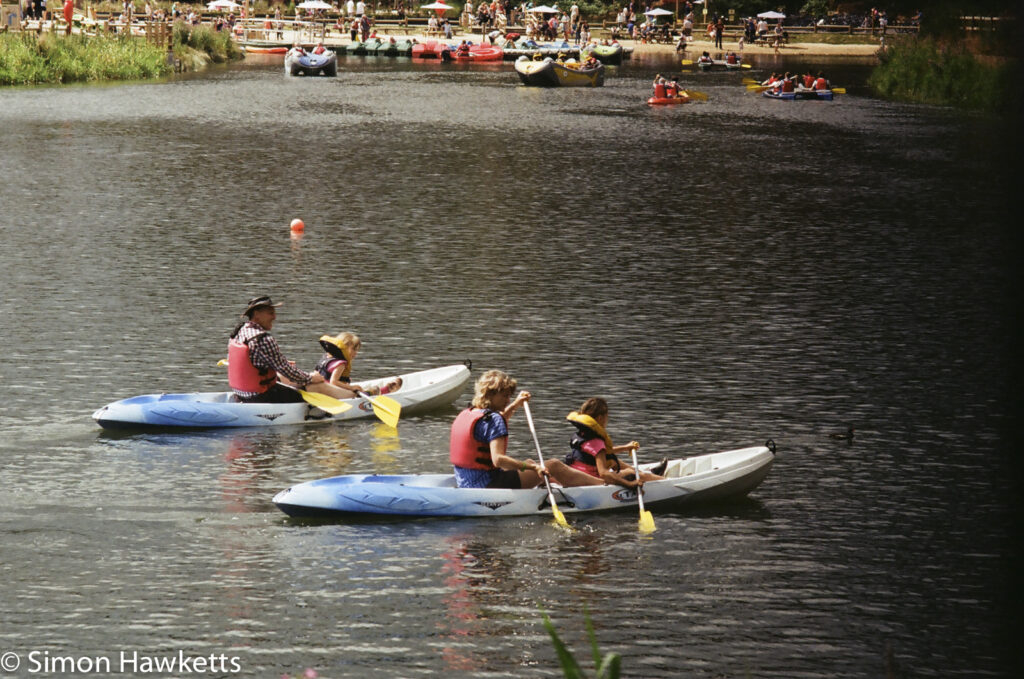
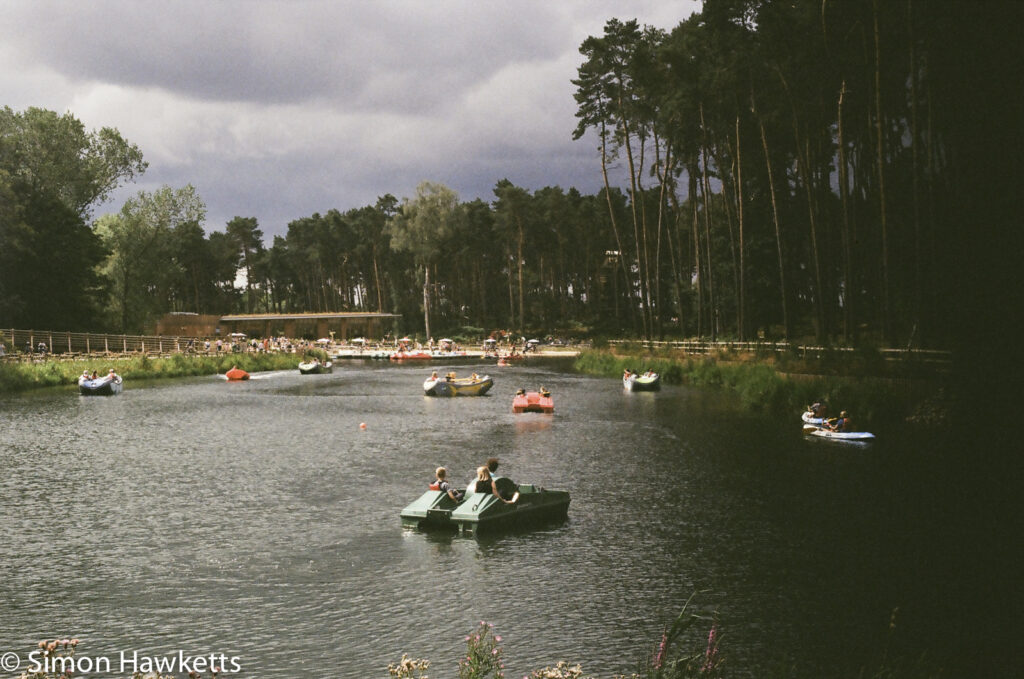
Pictures from Miranda Sensorex EE
